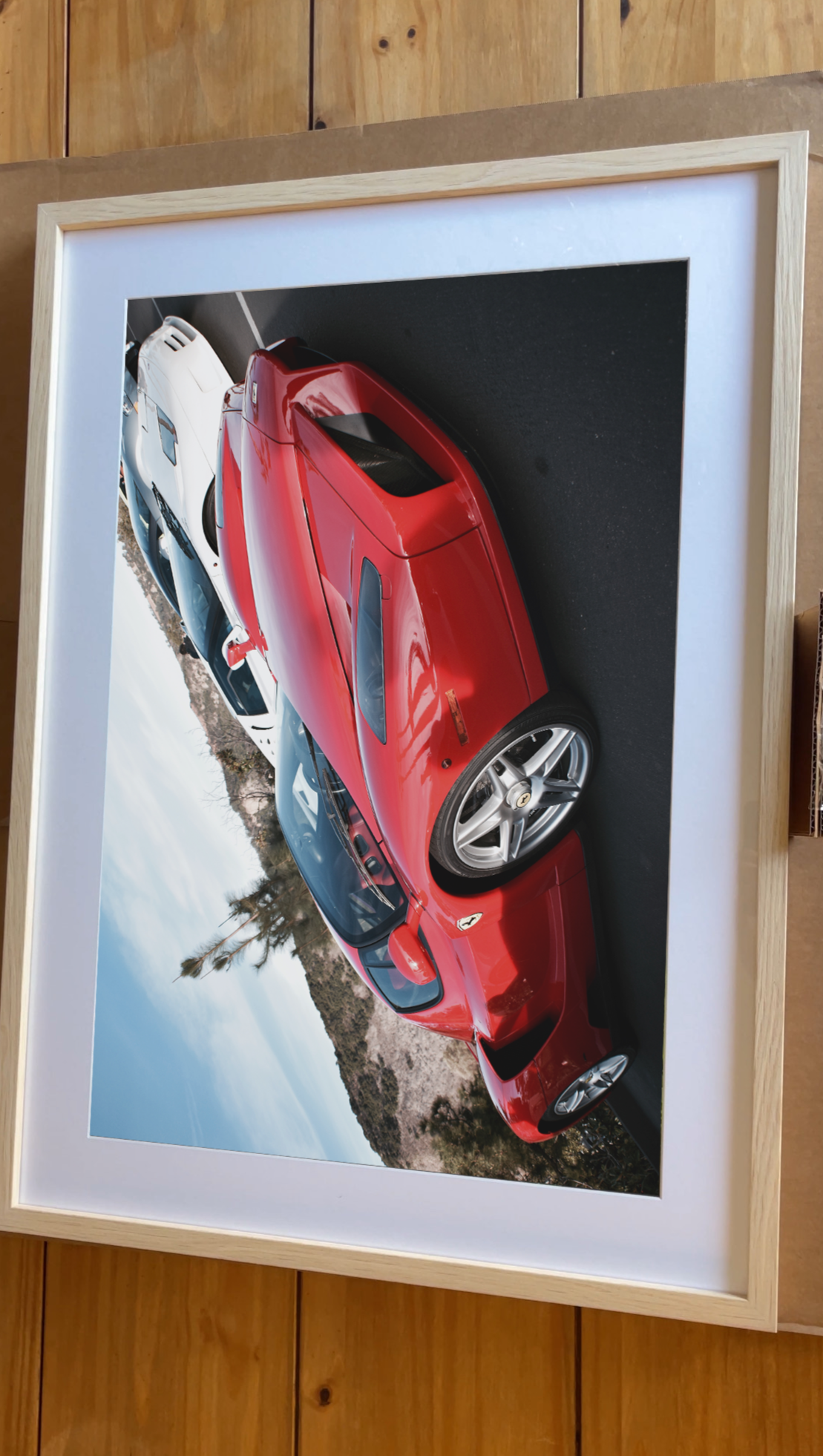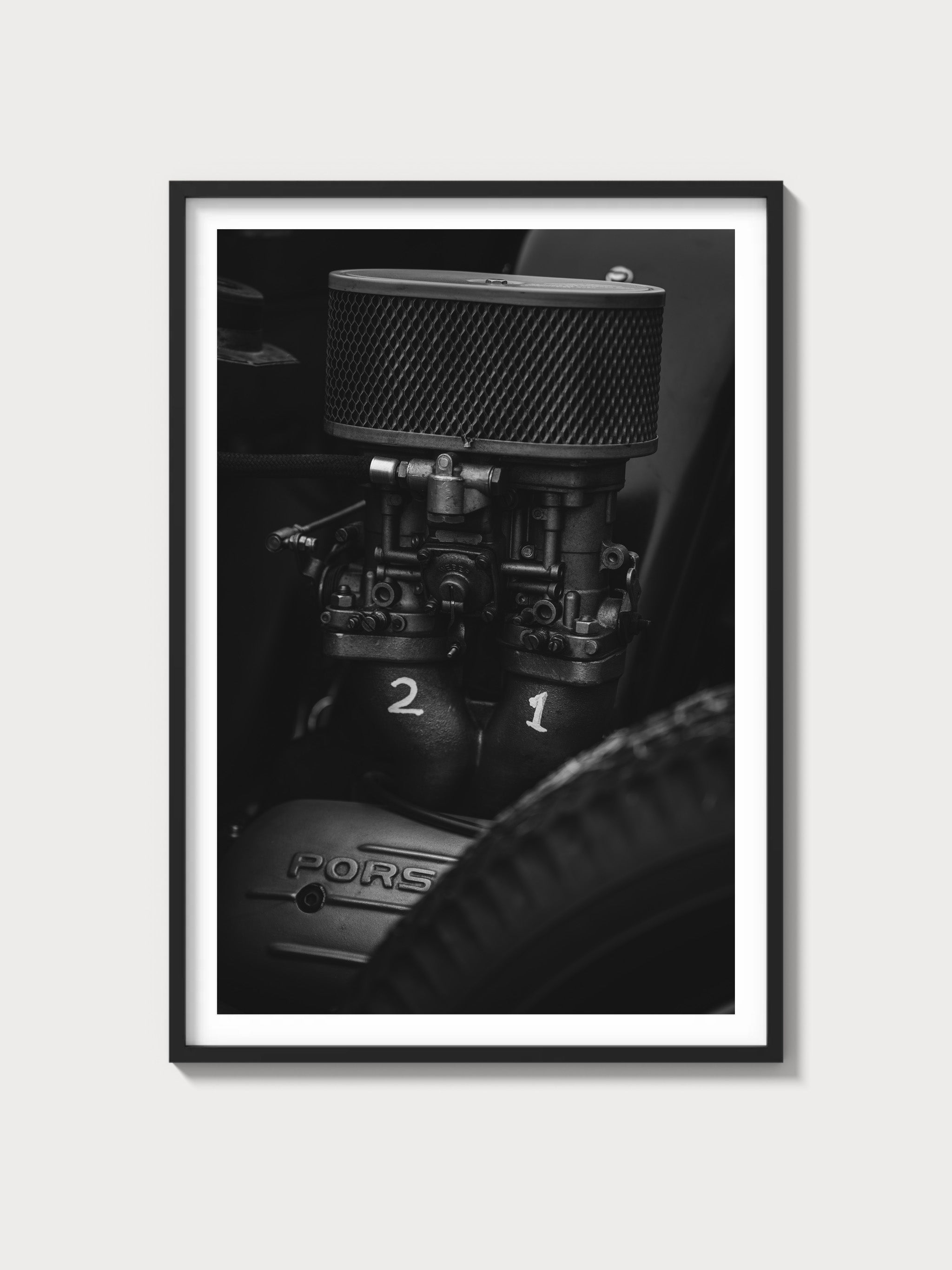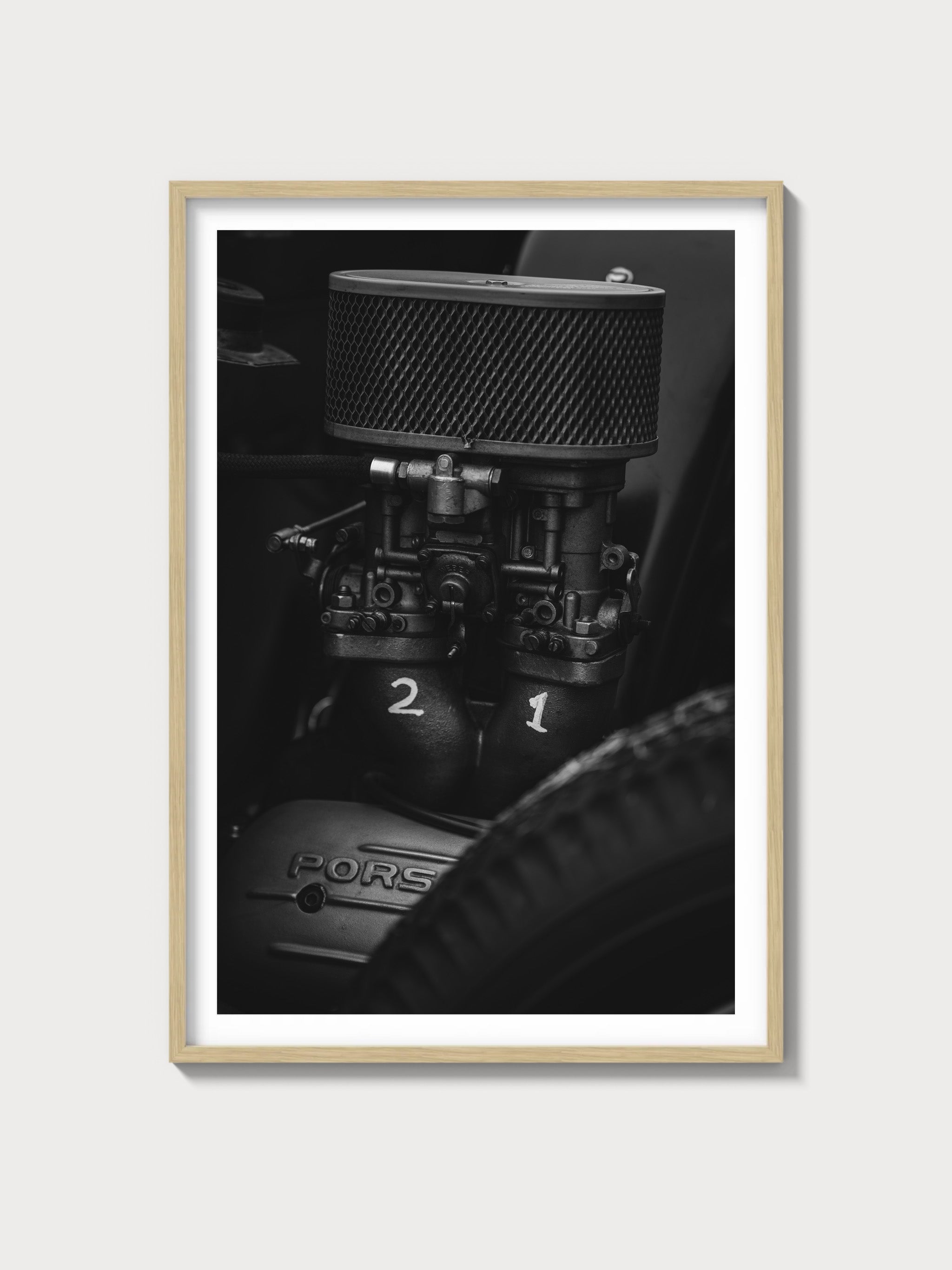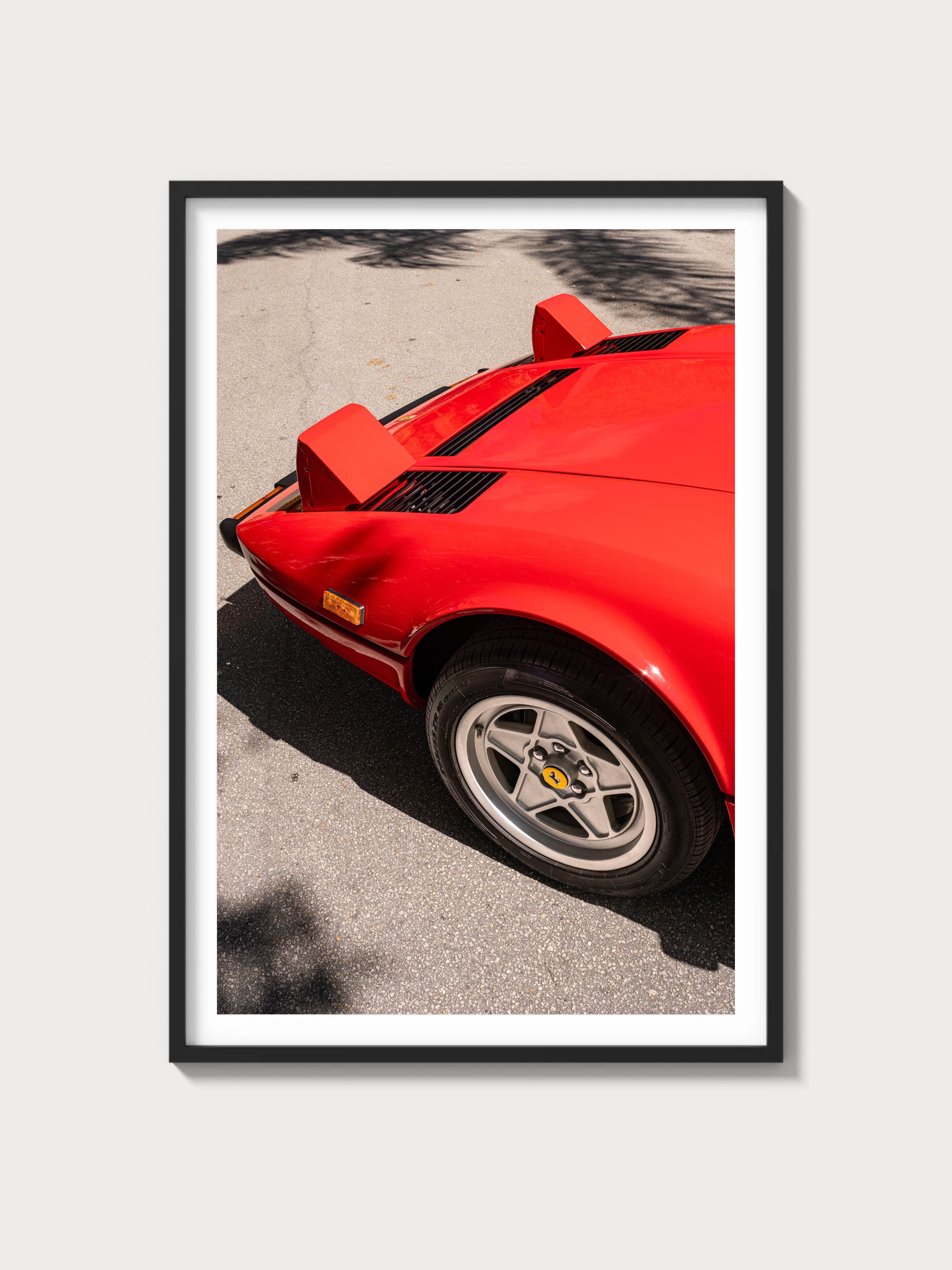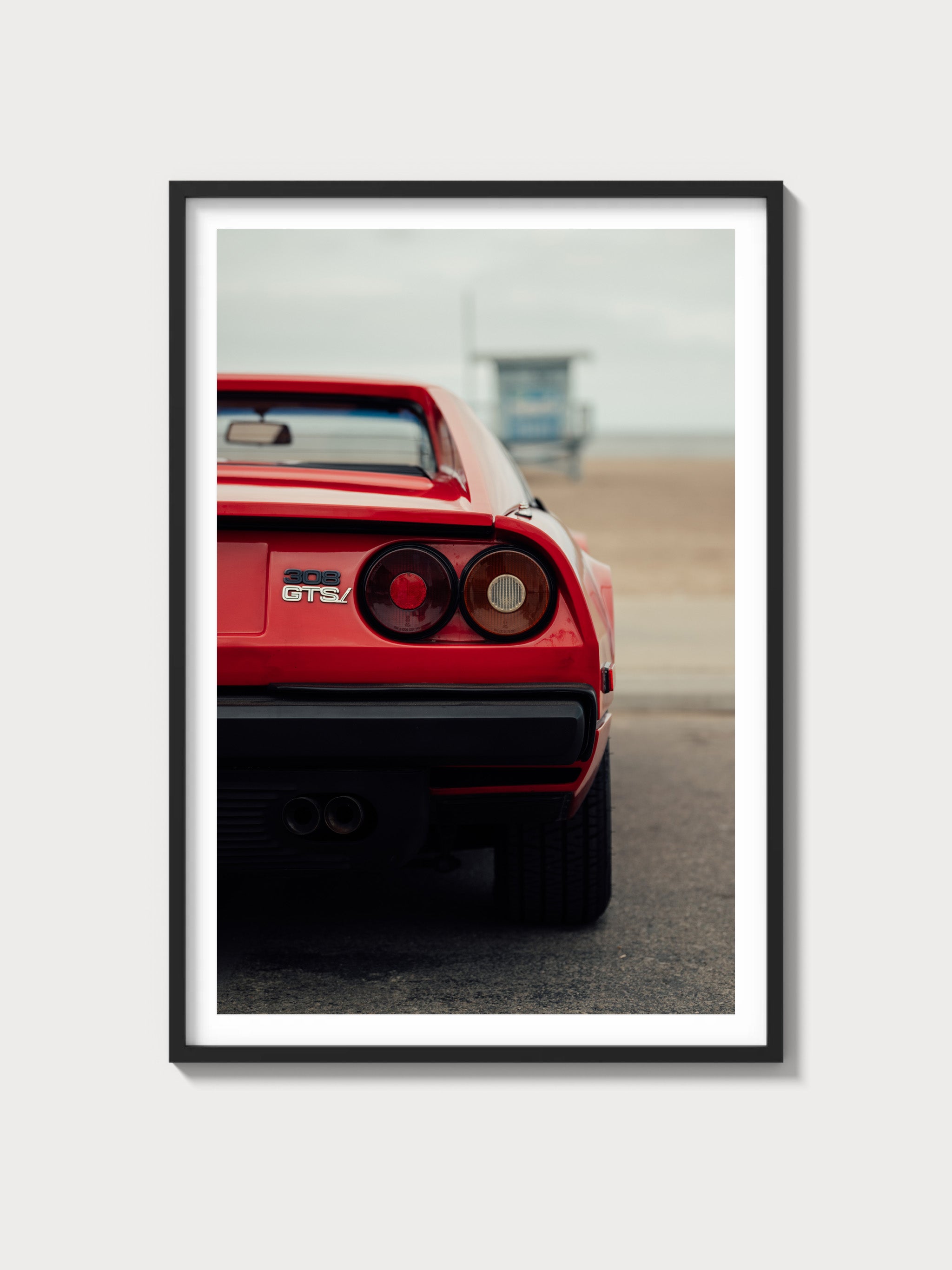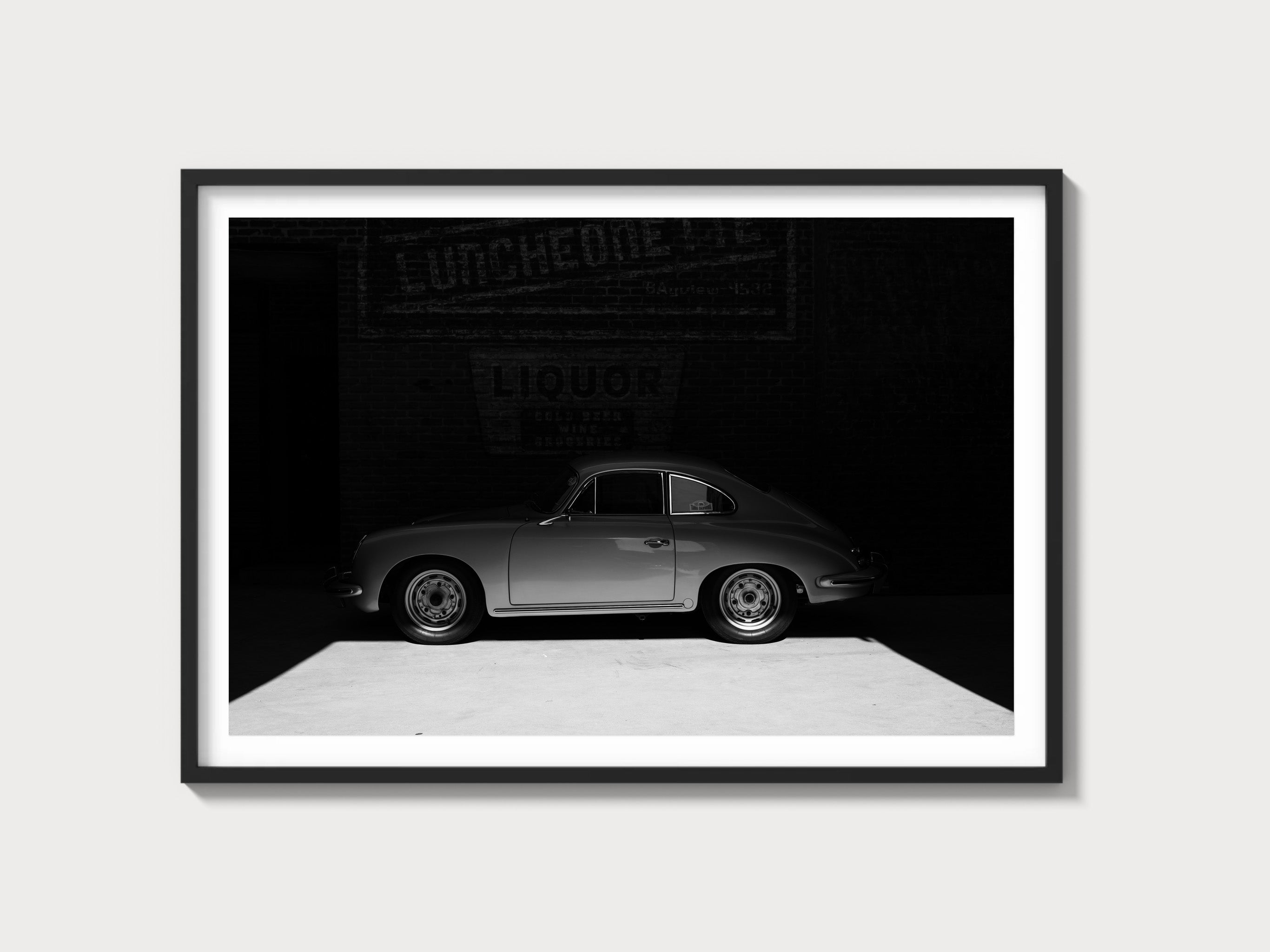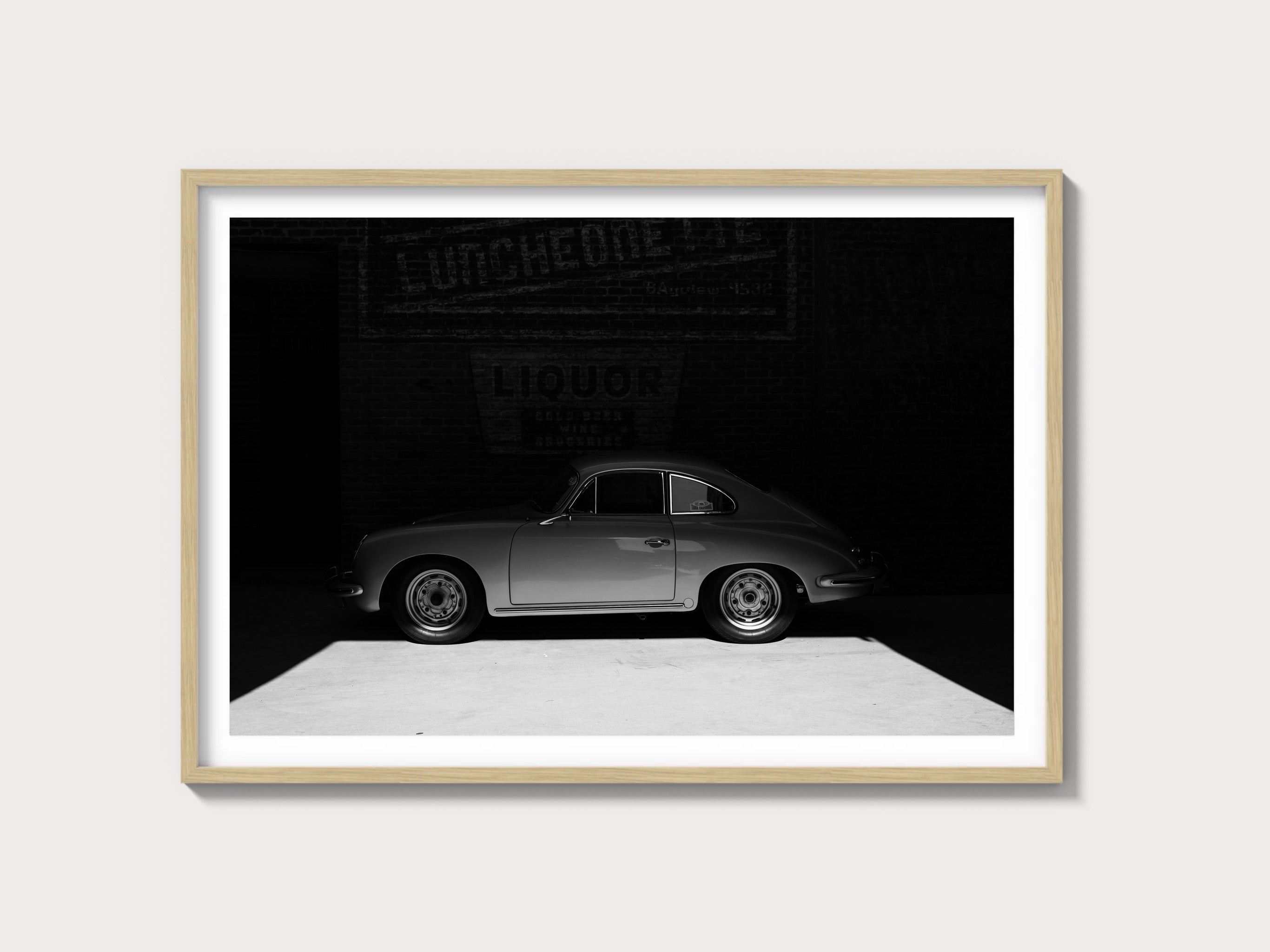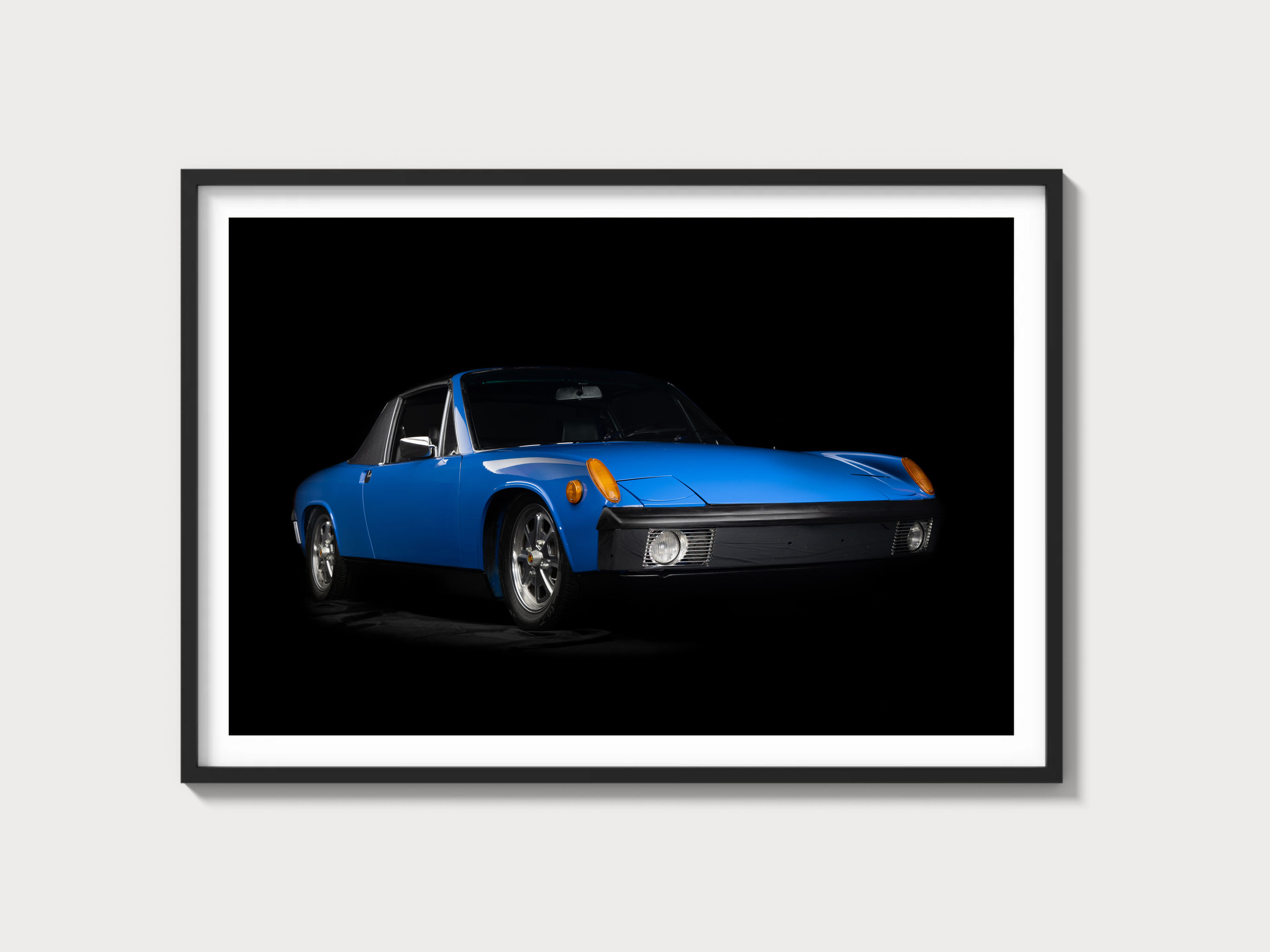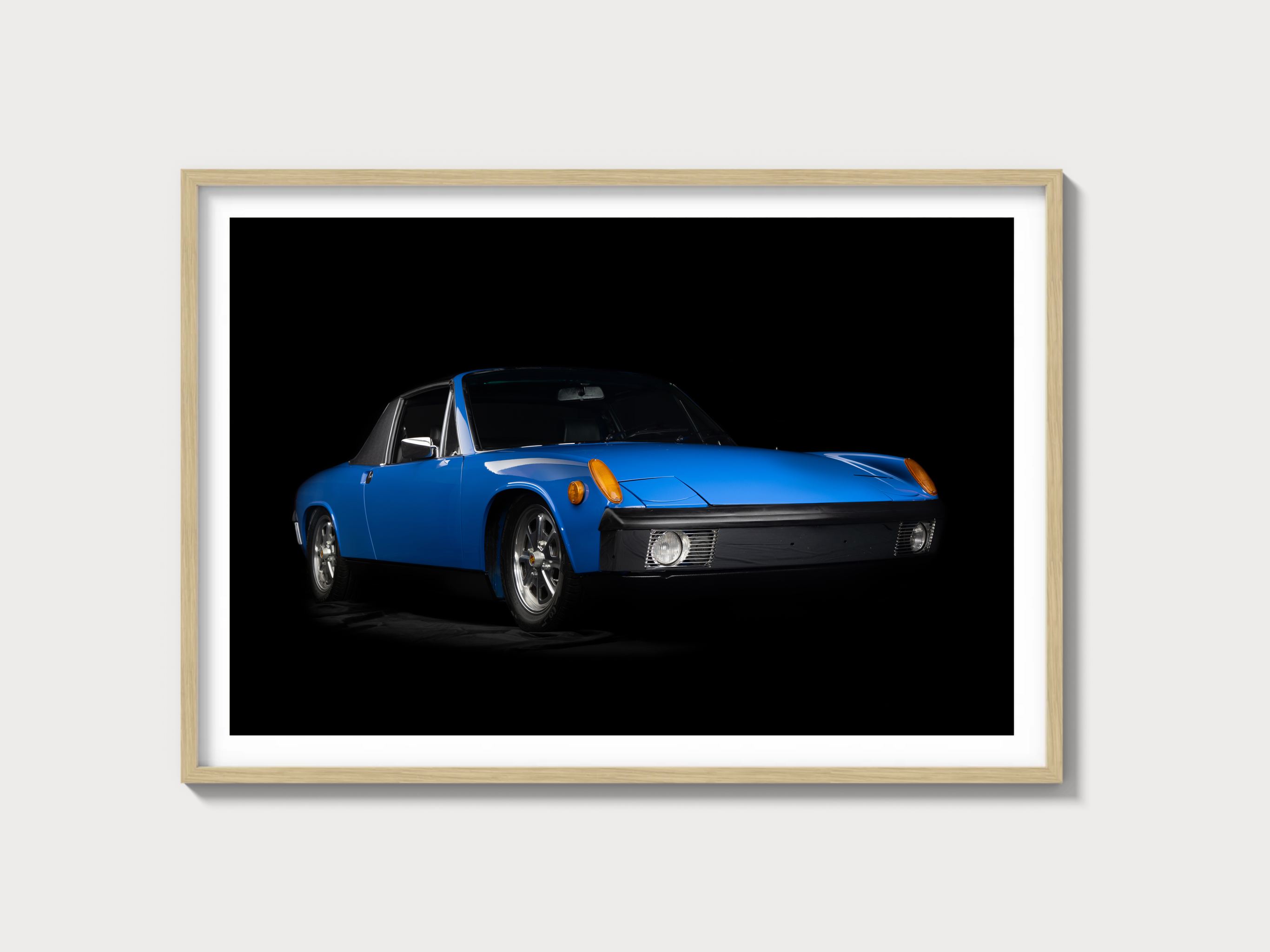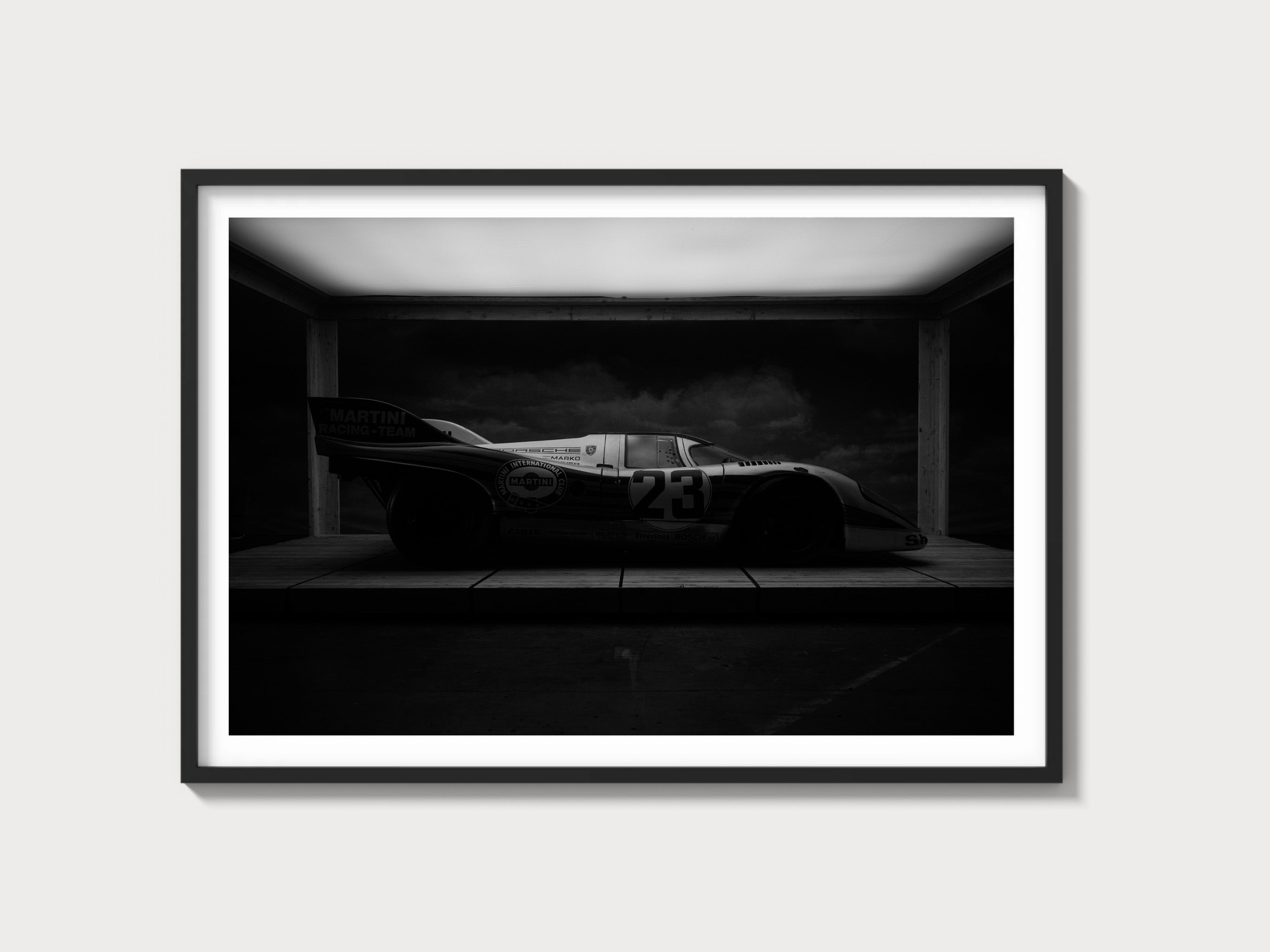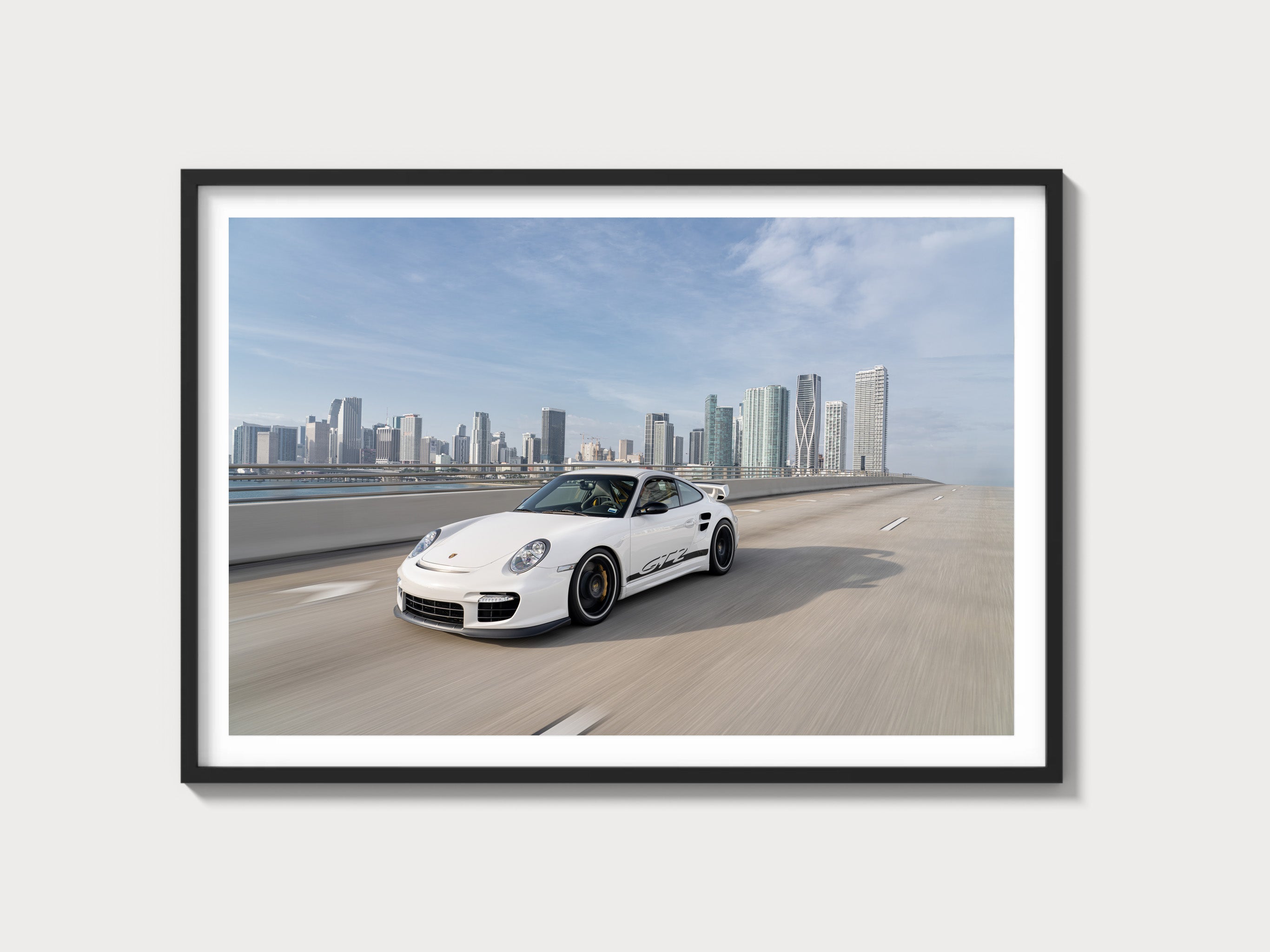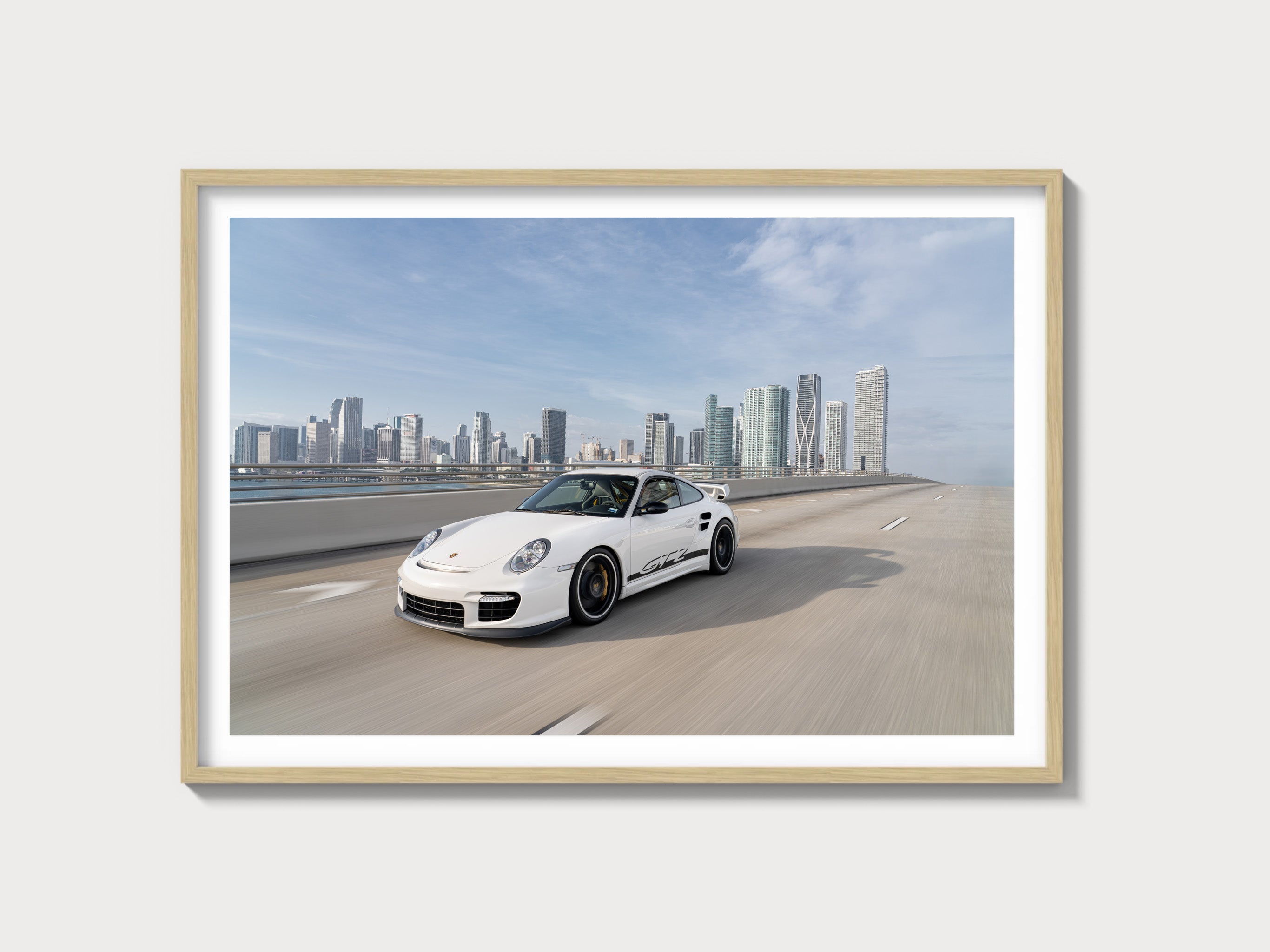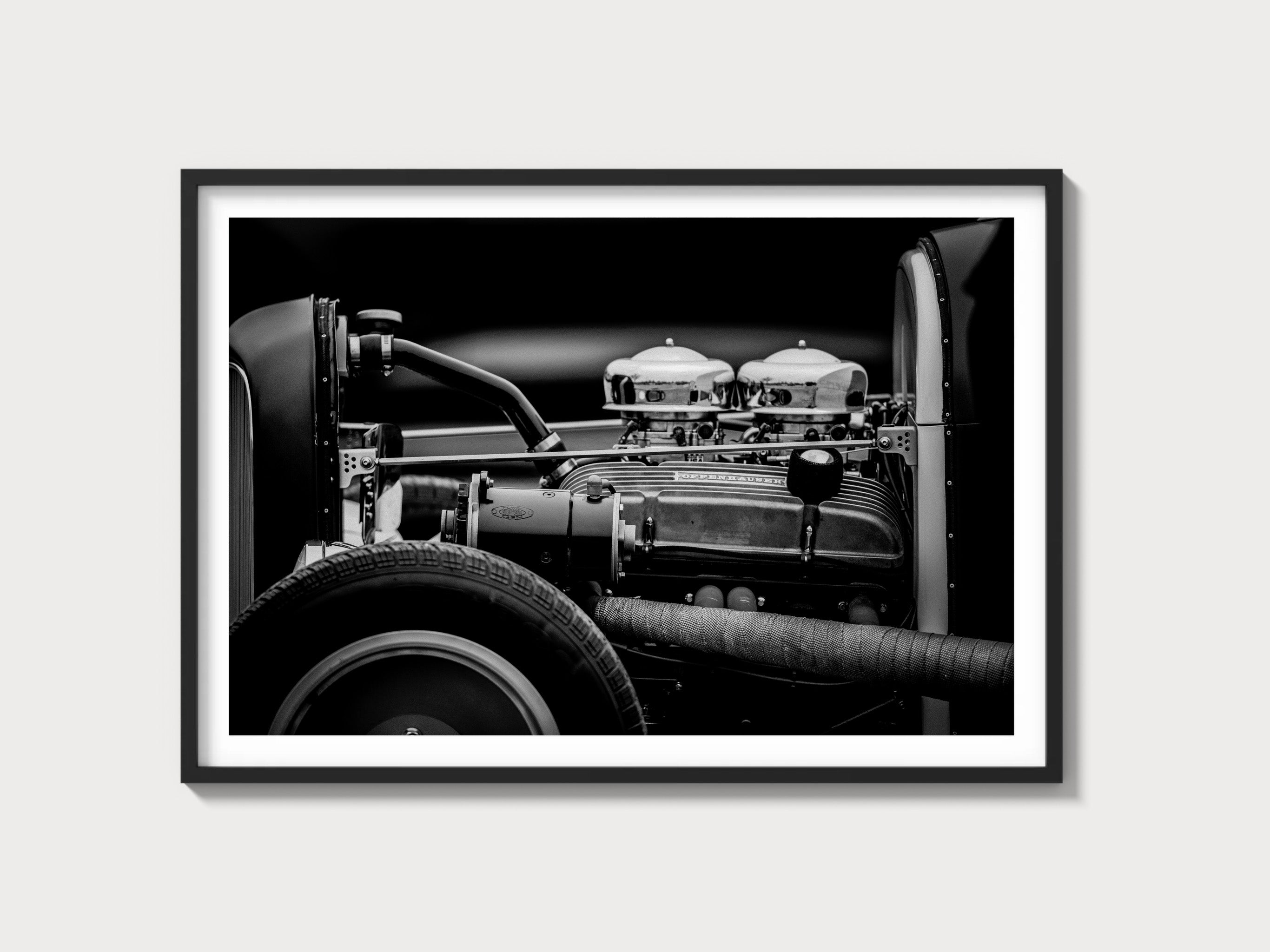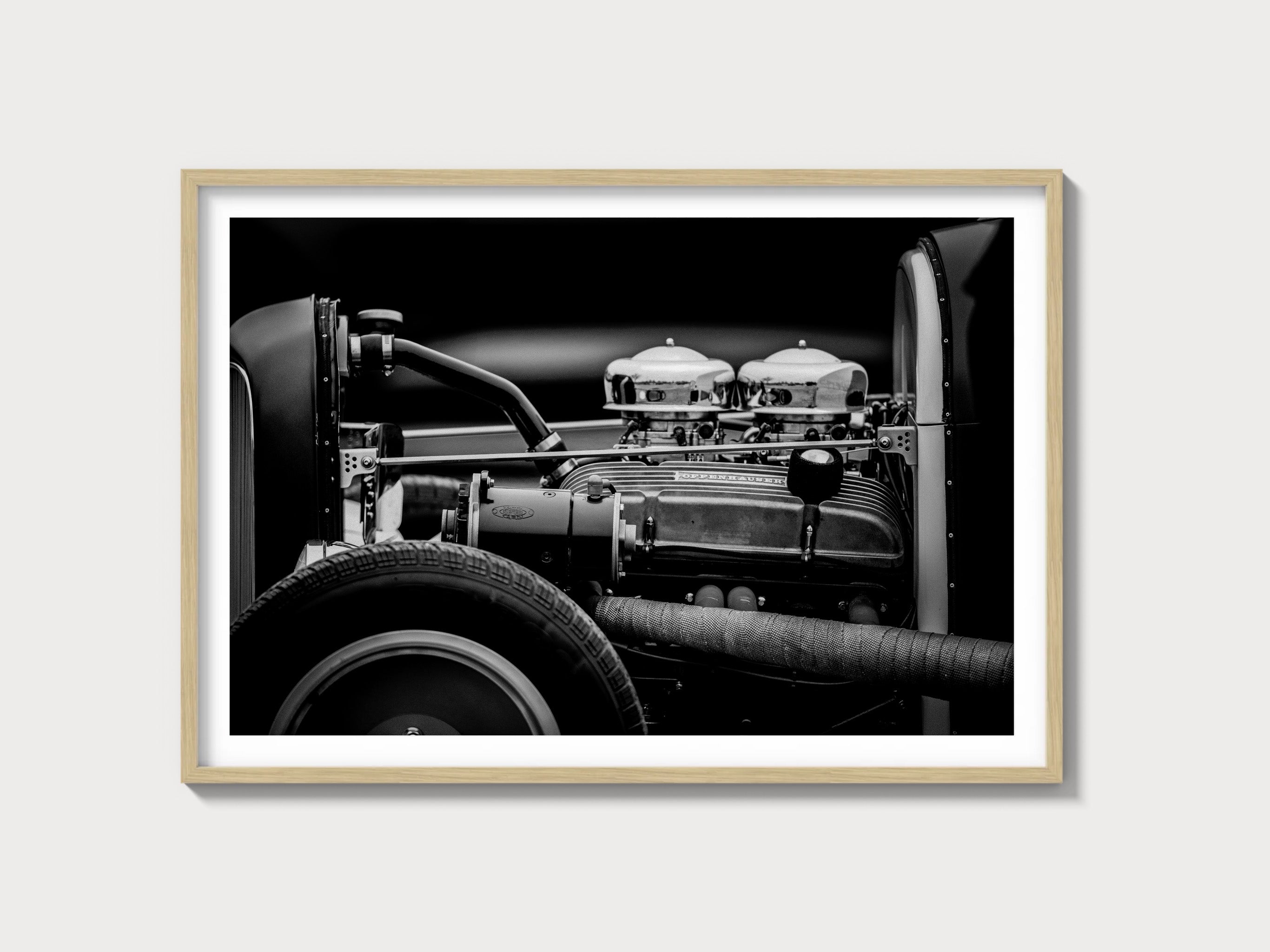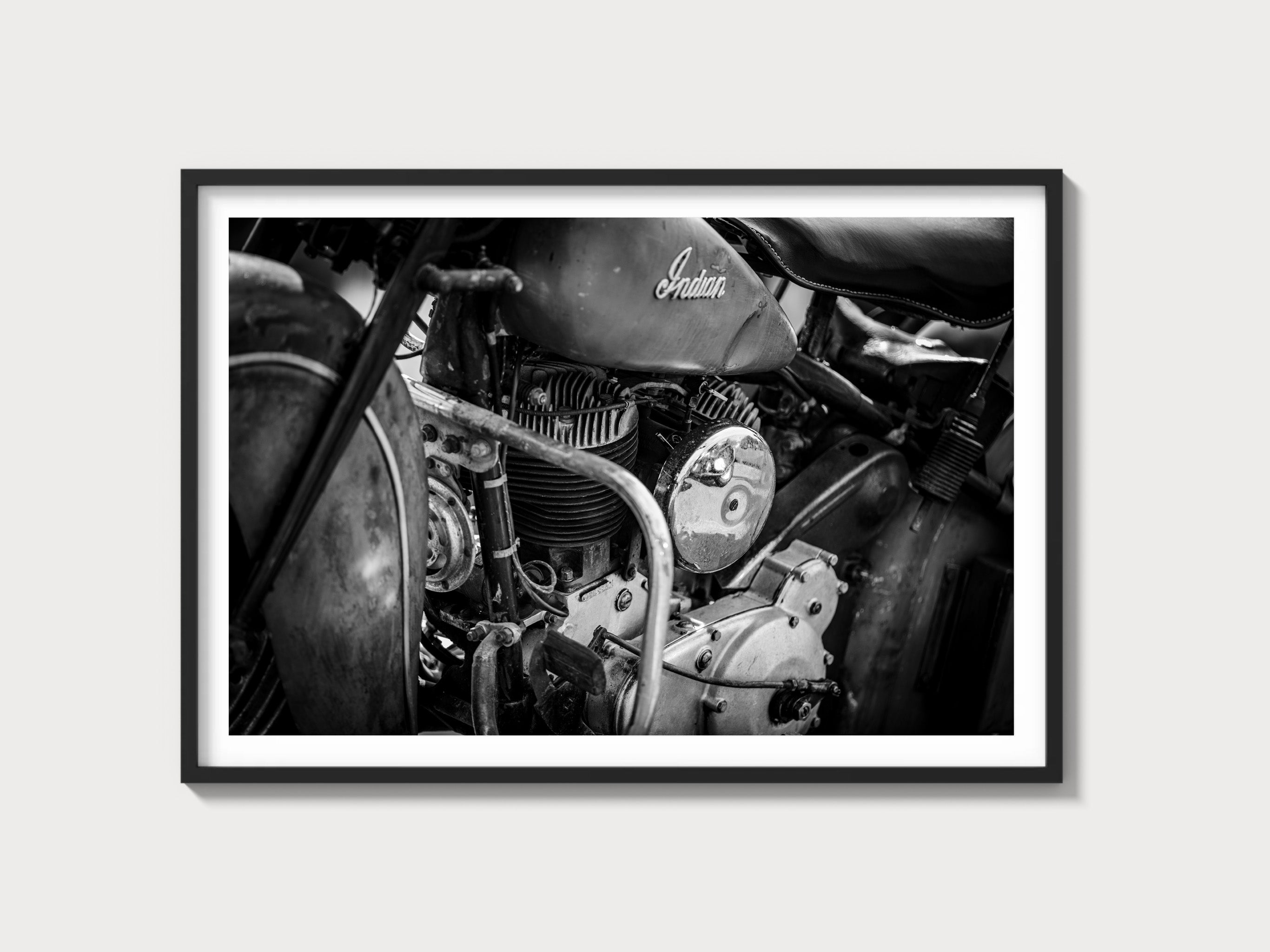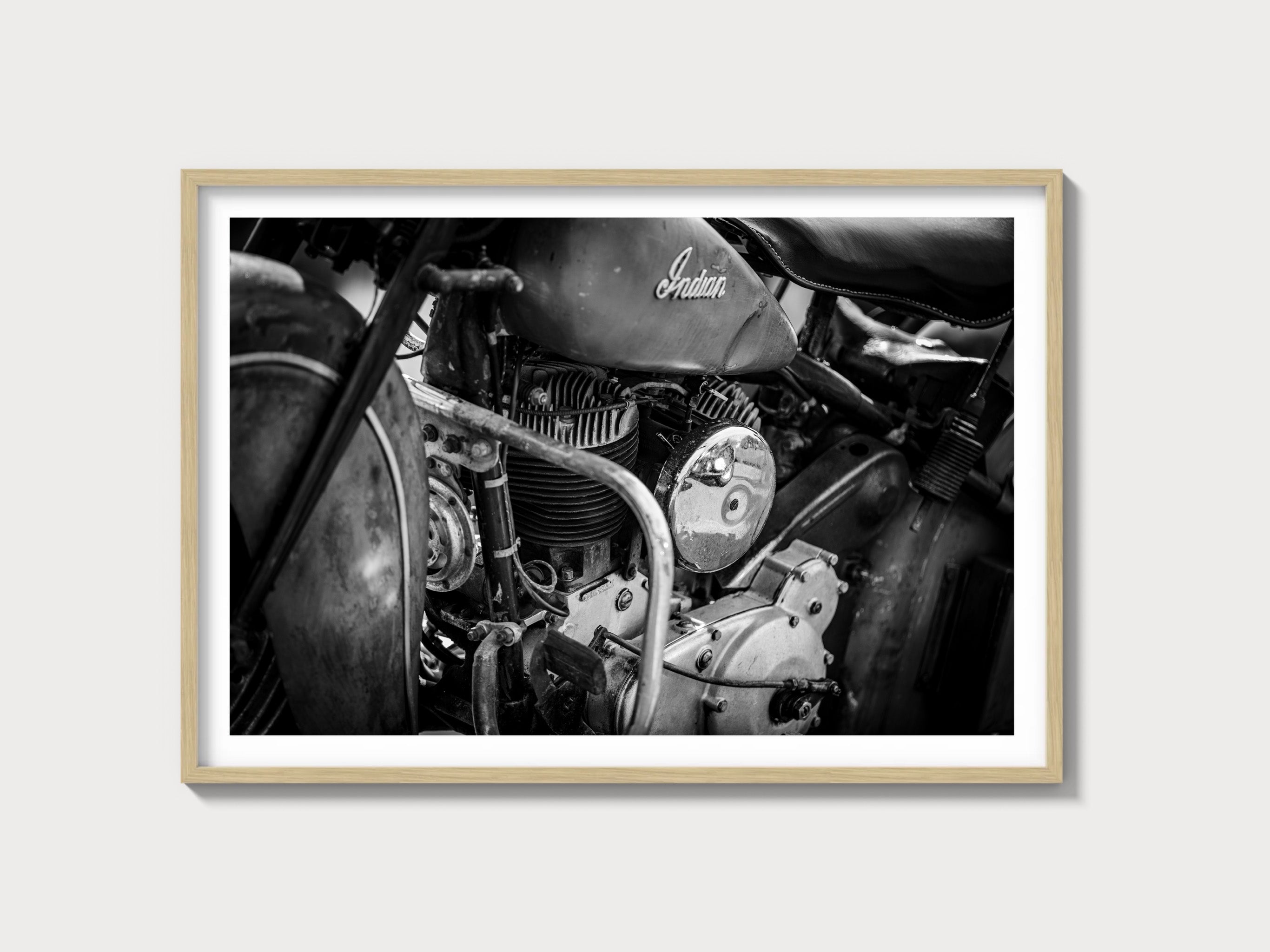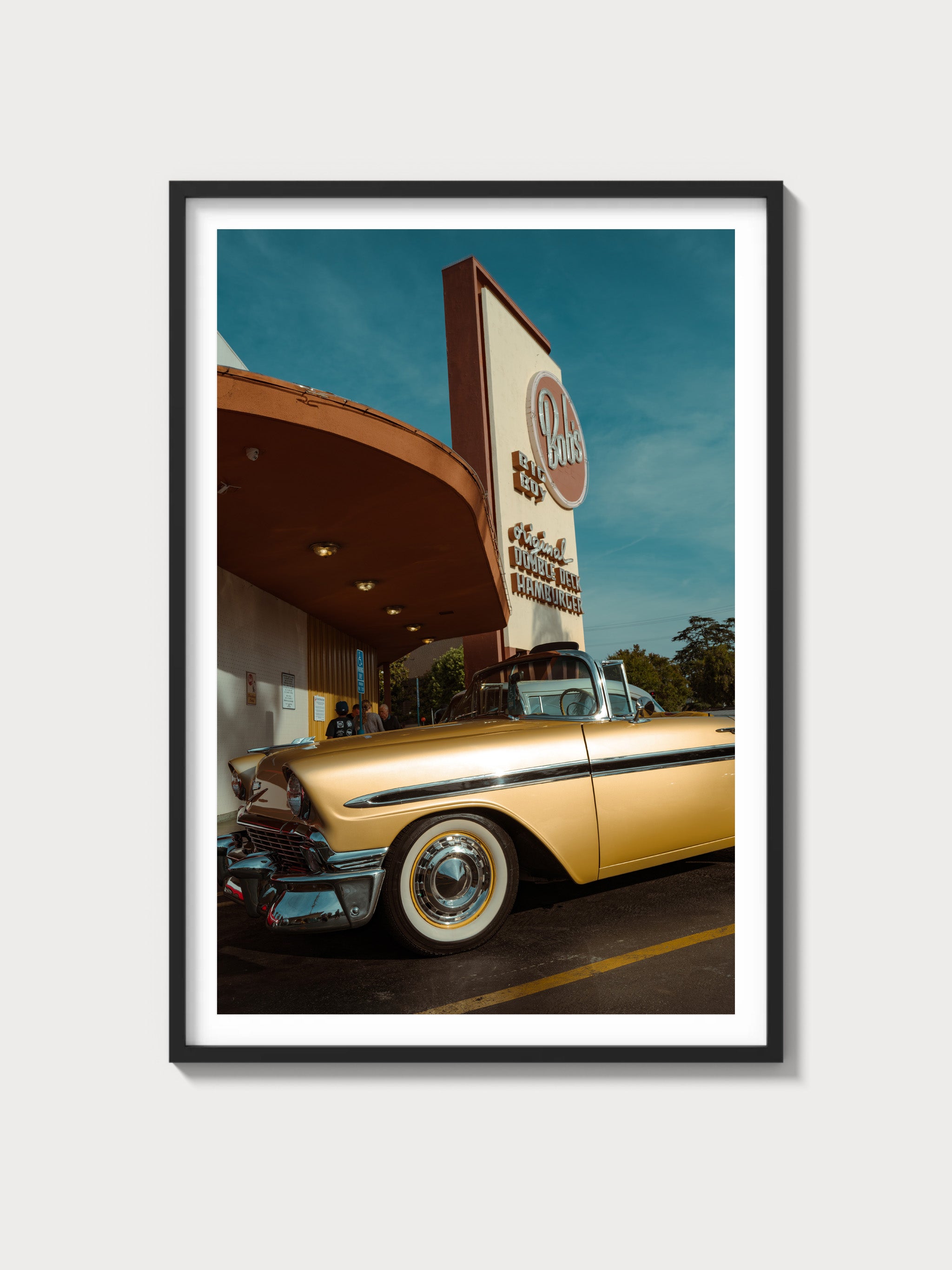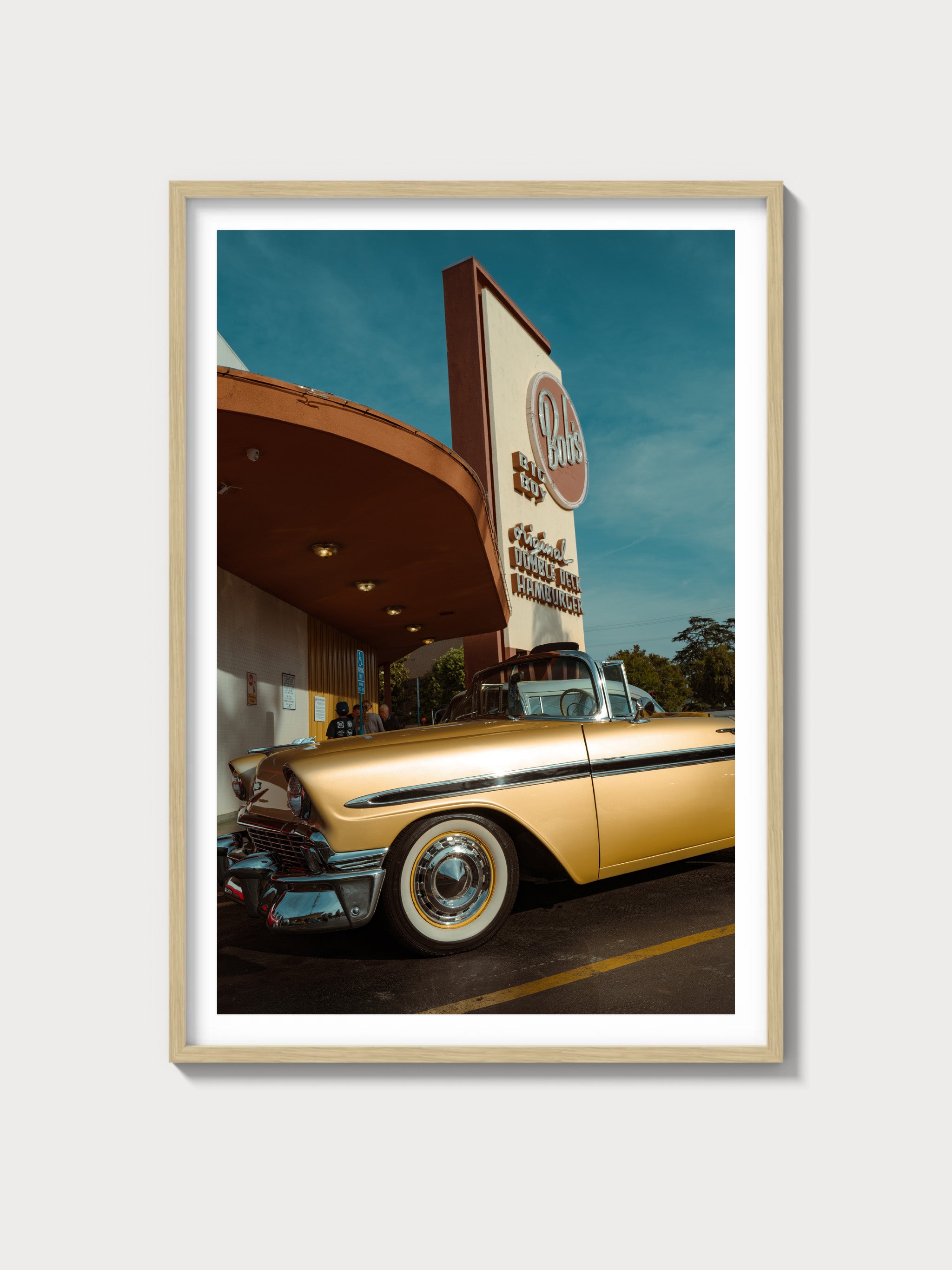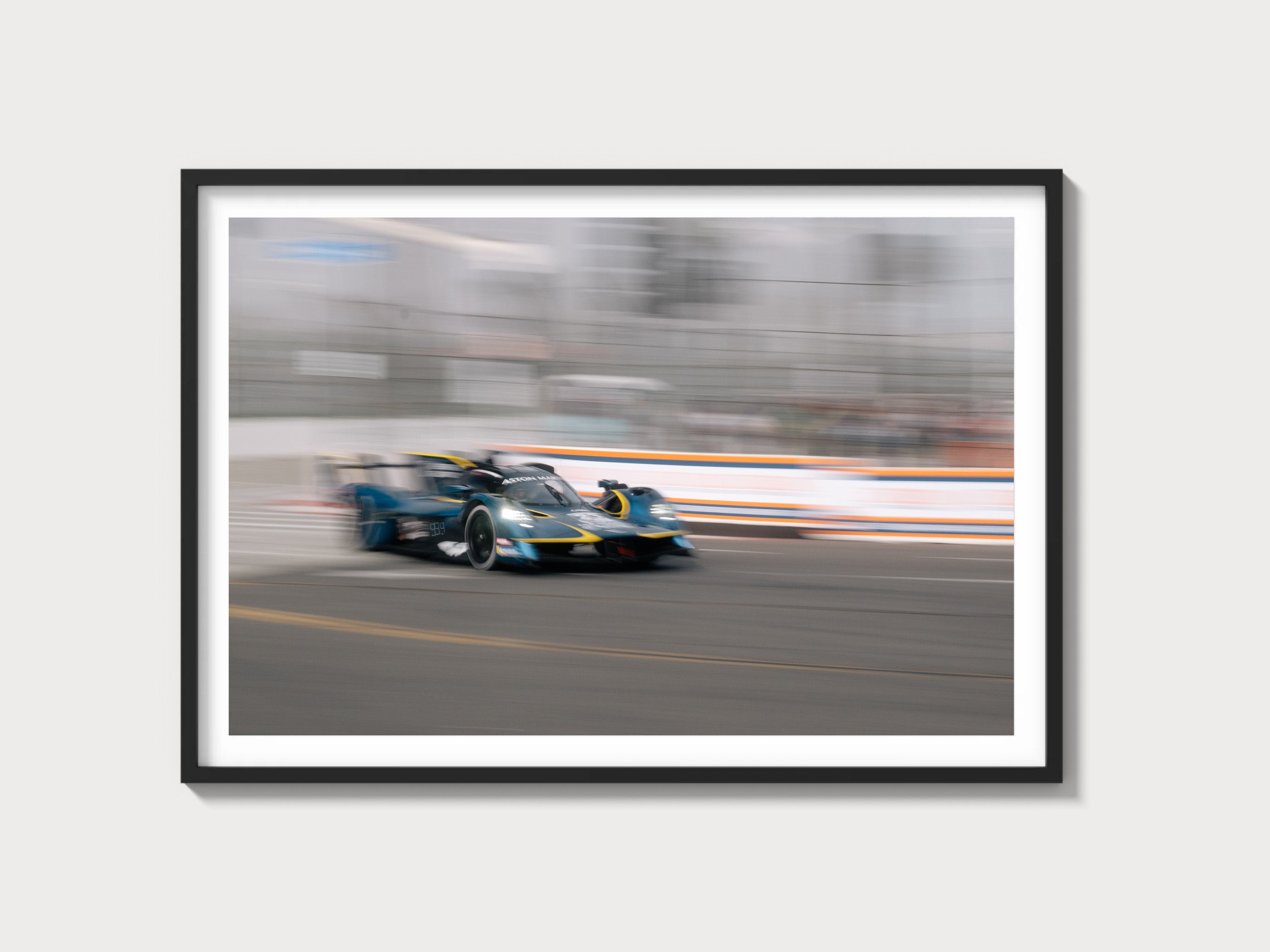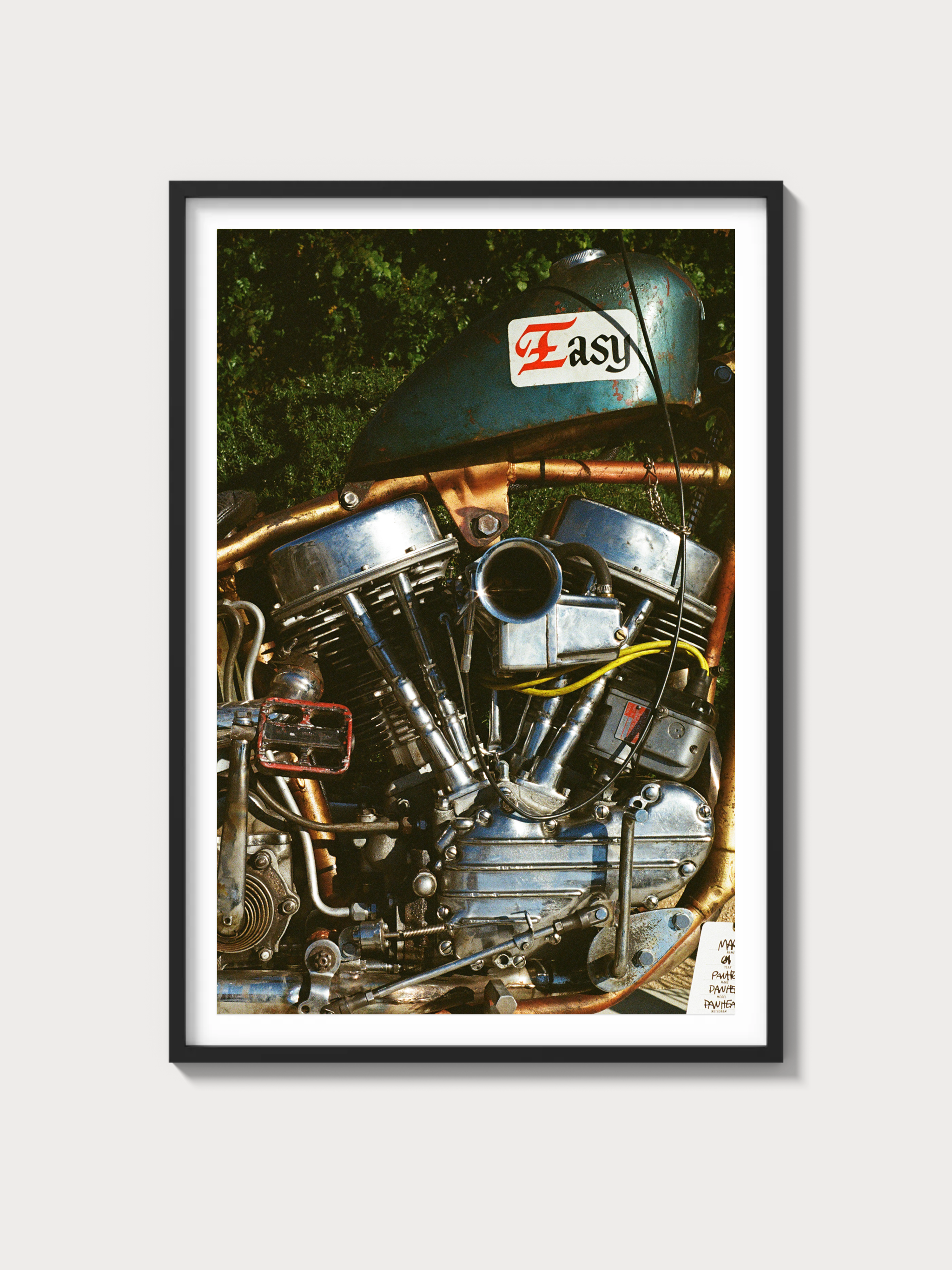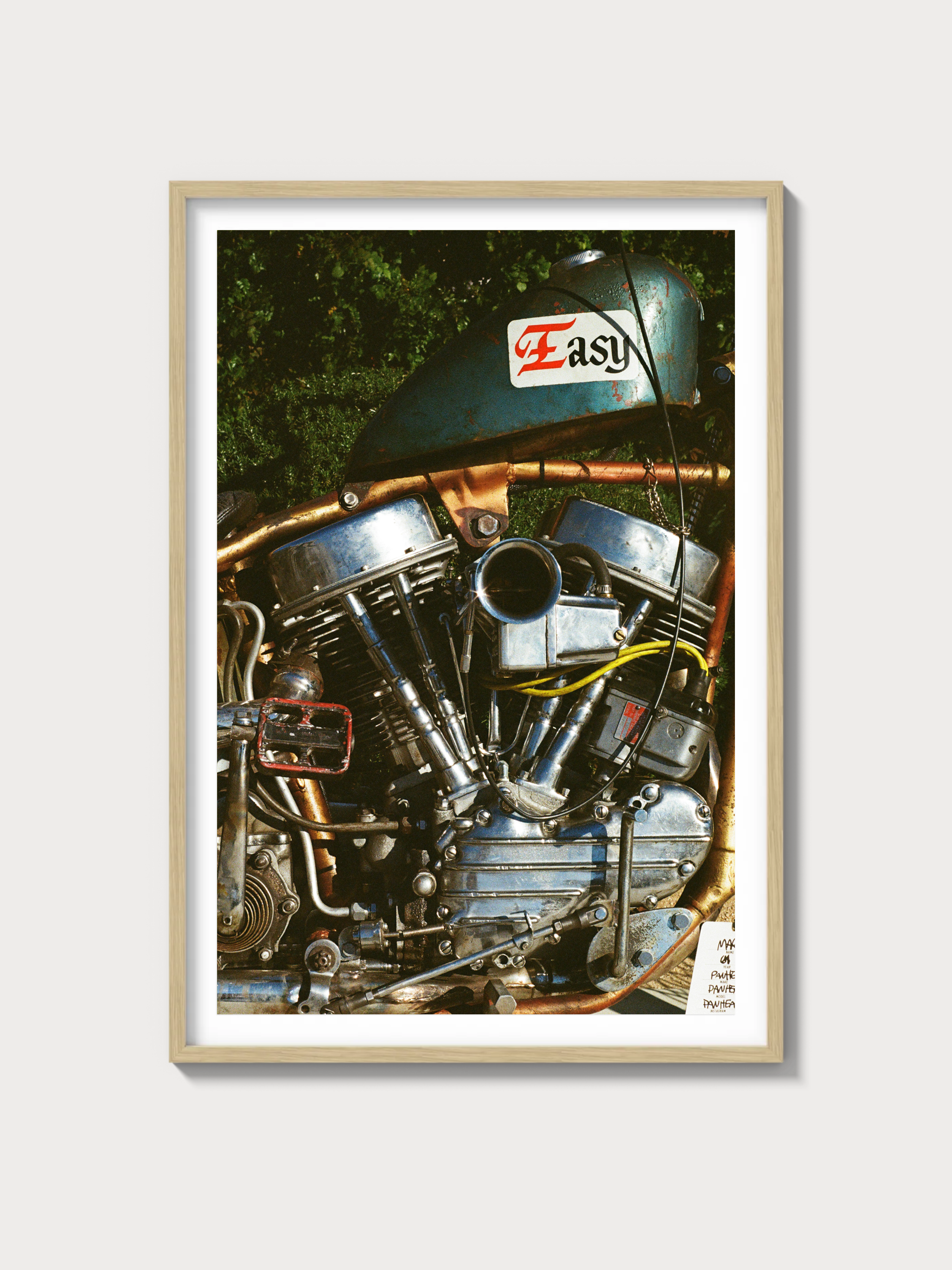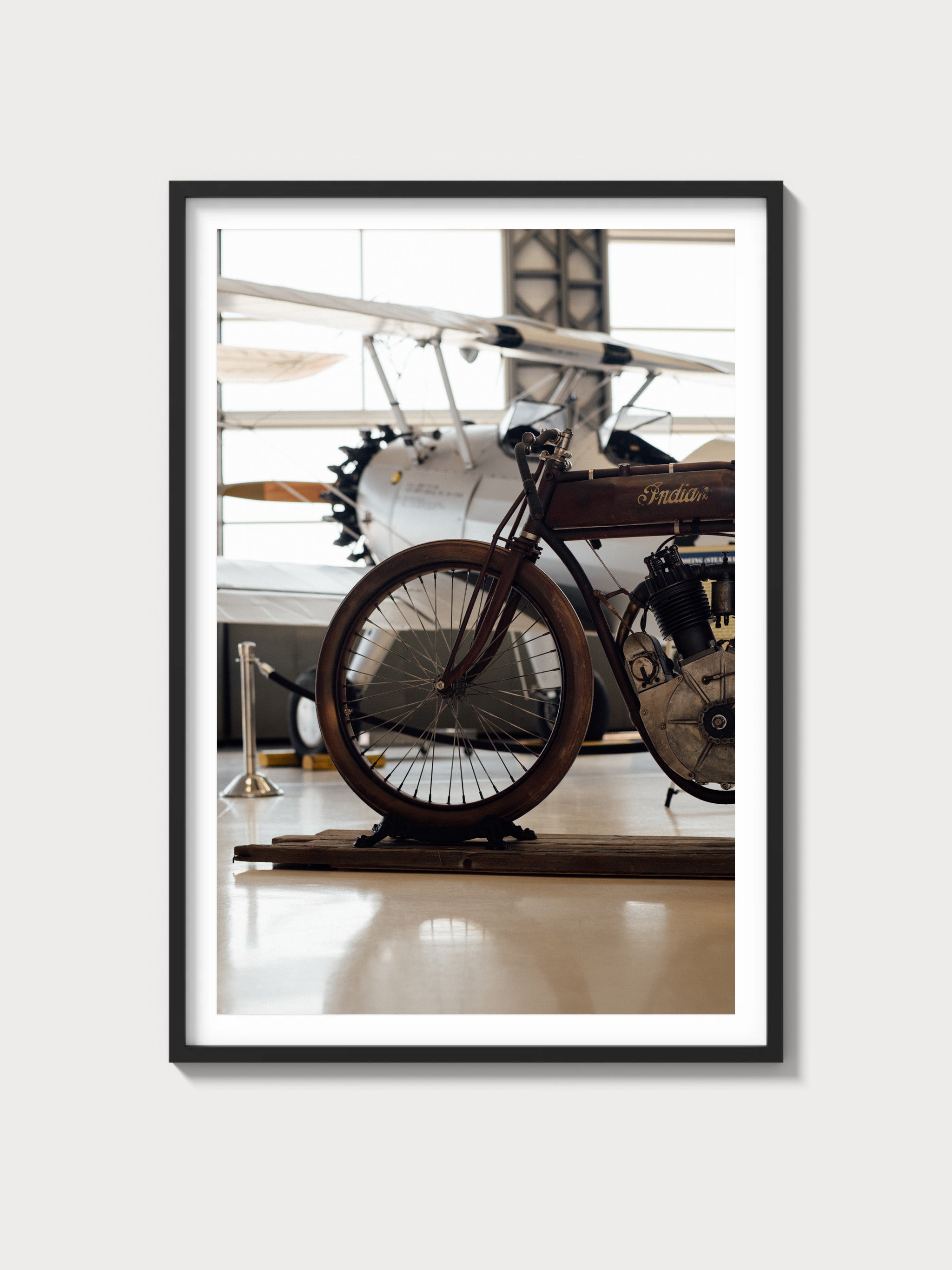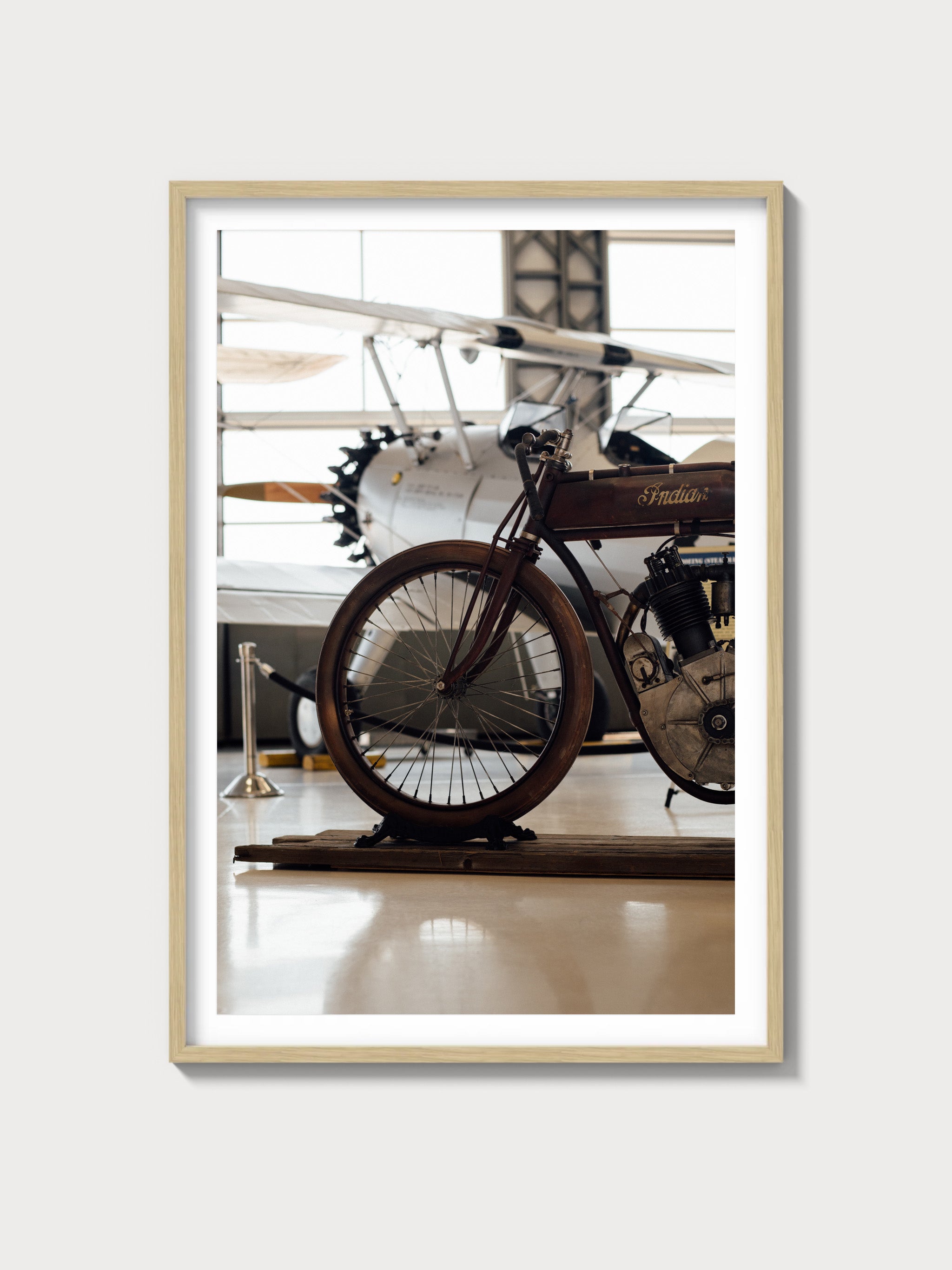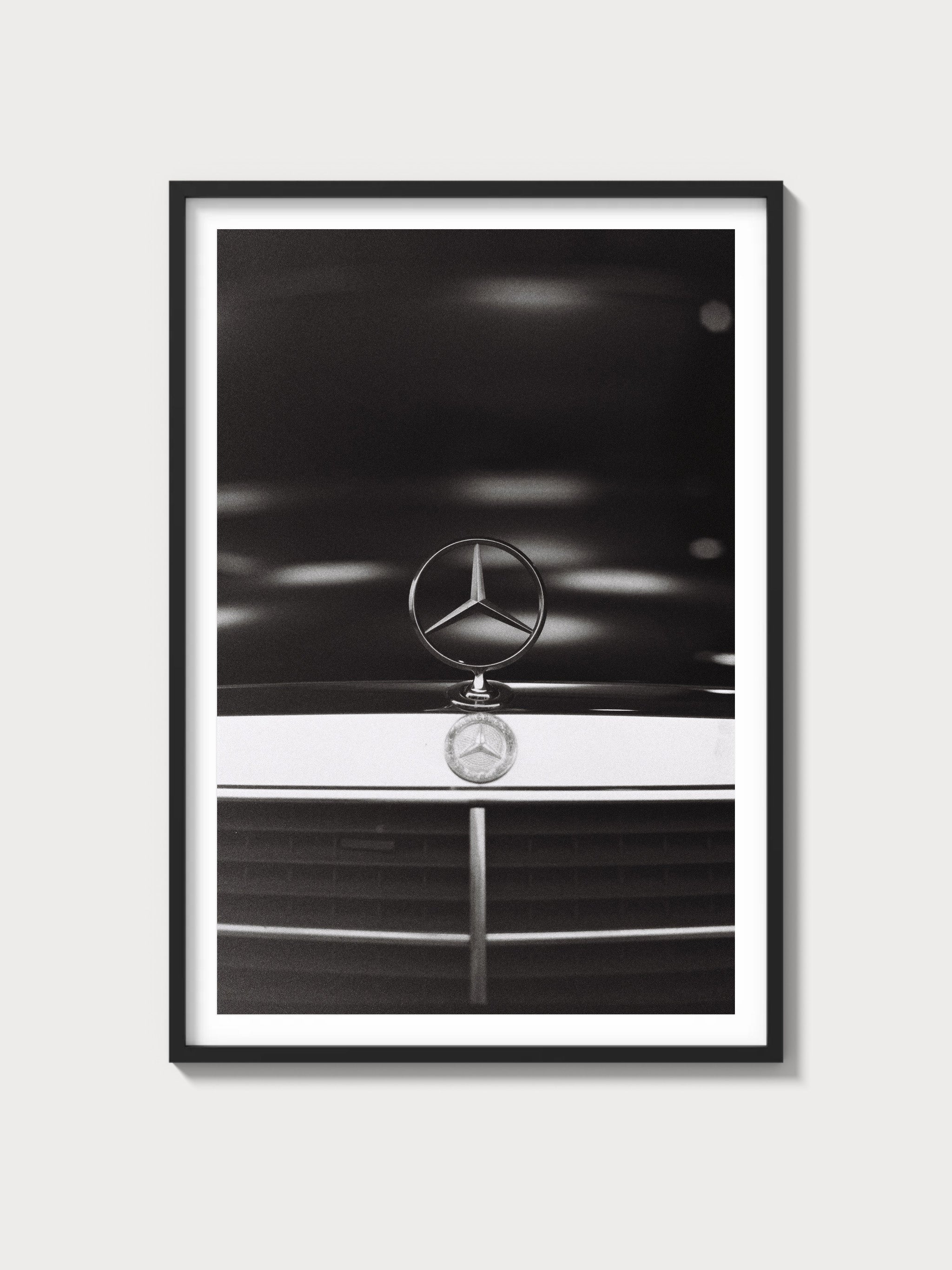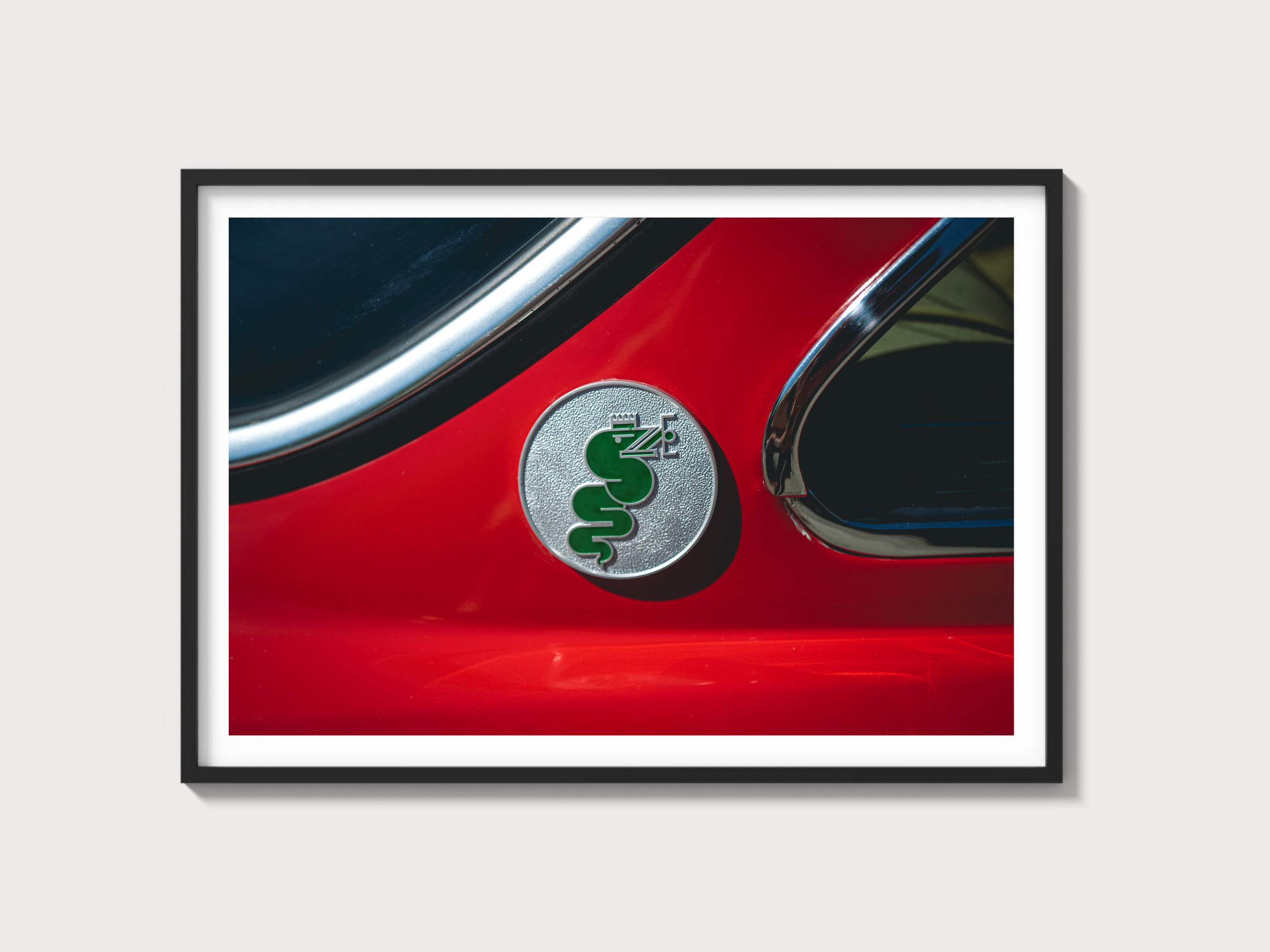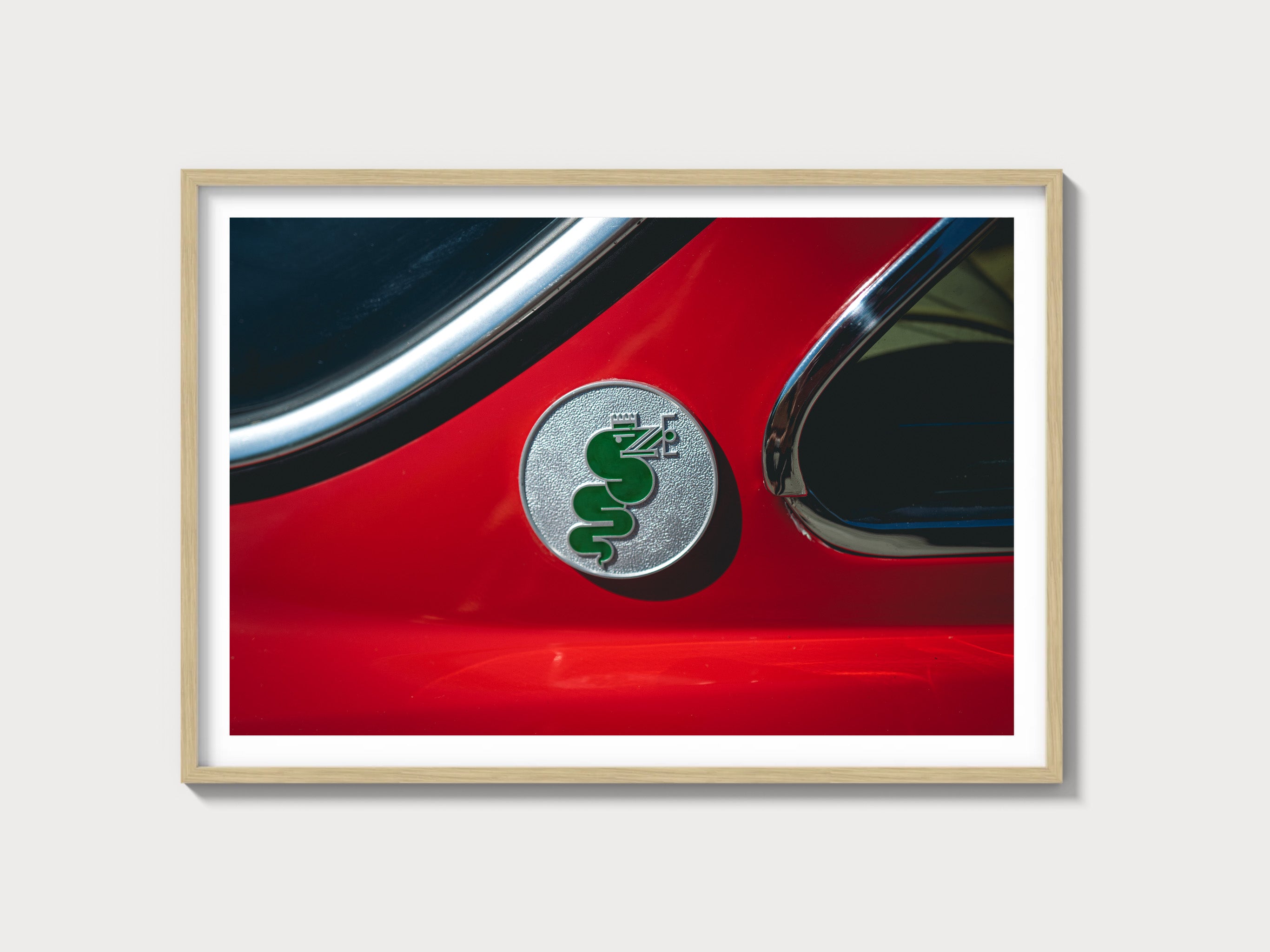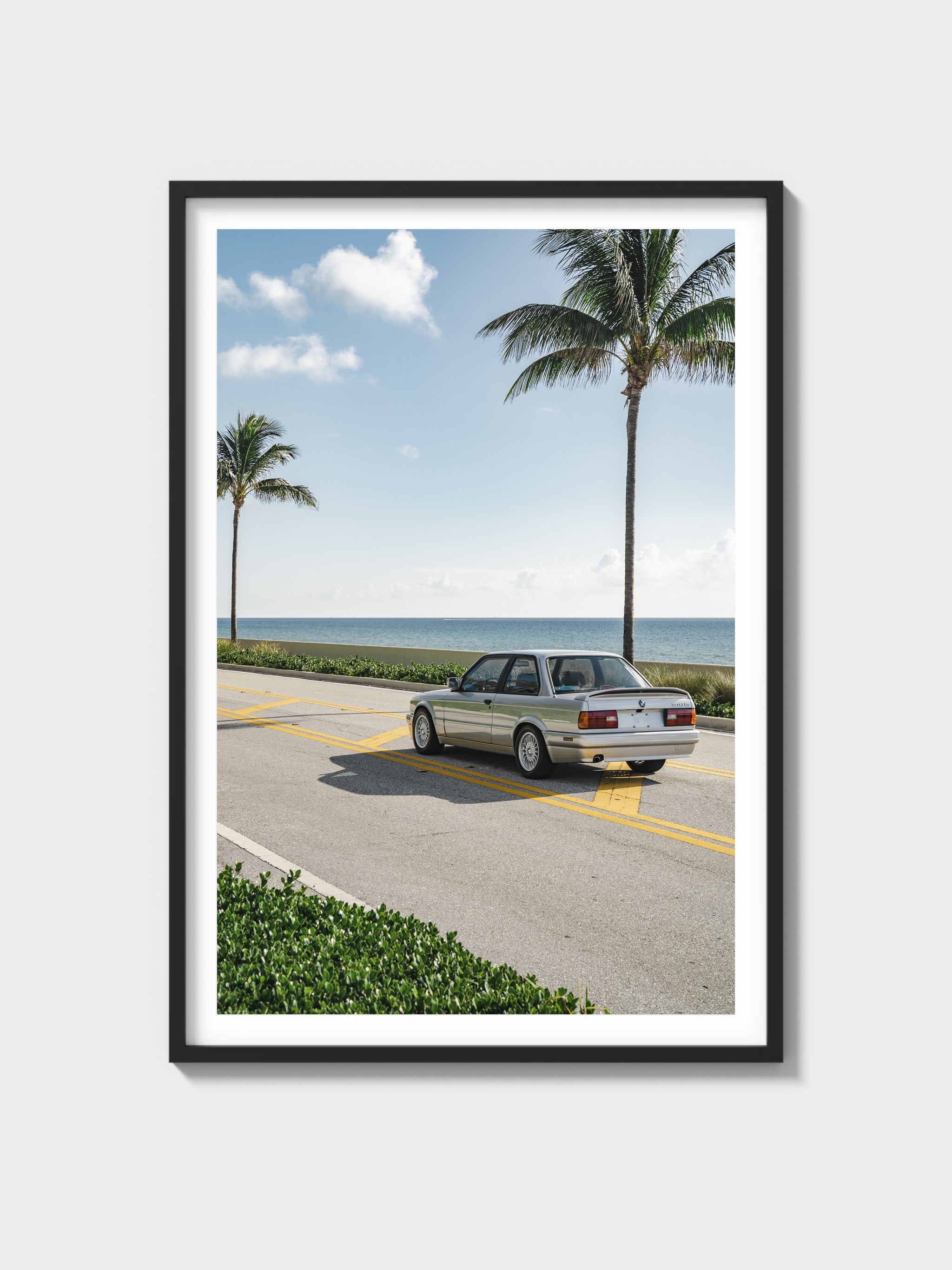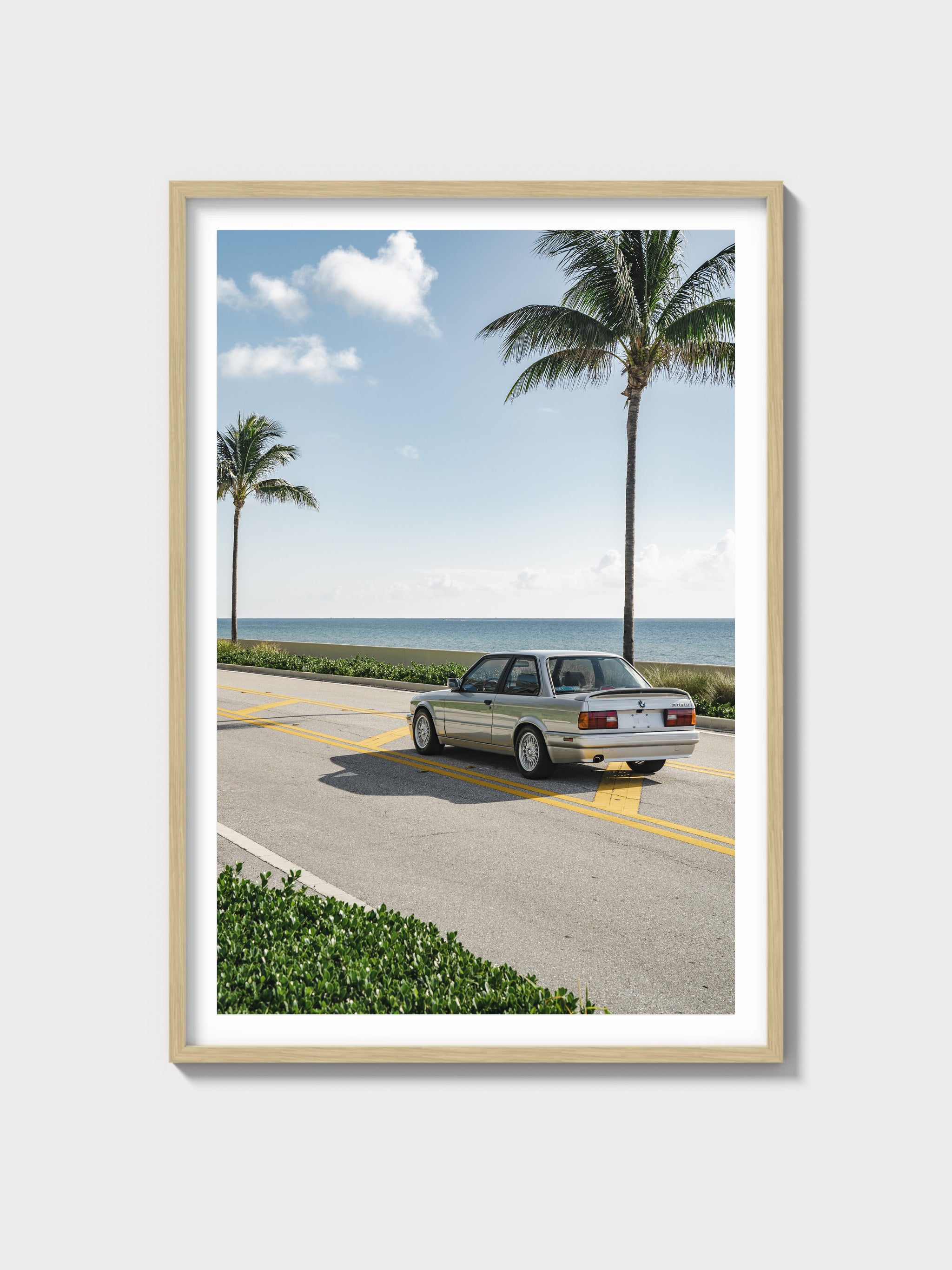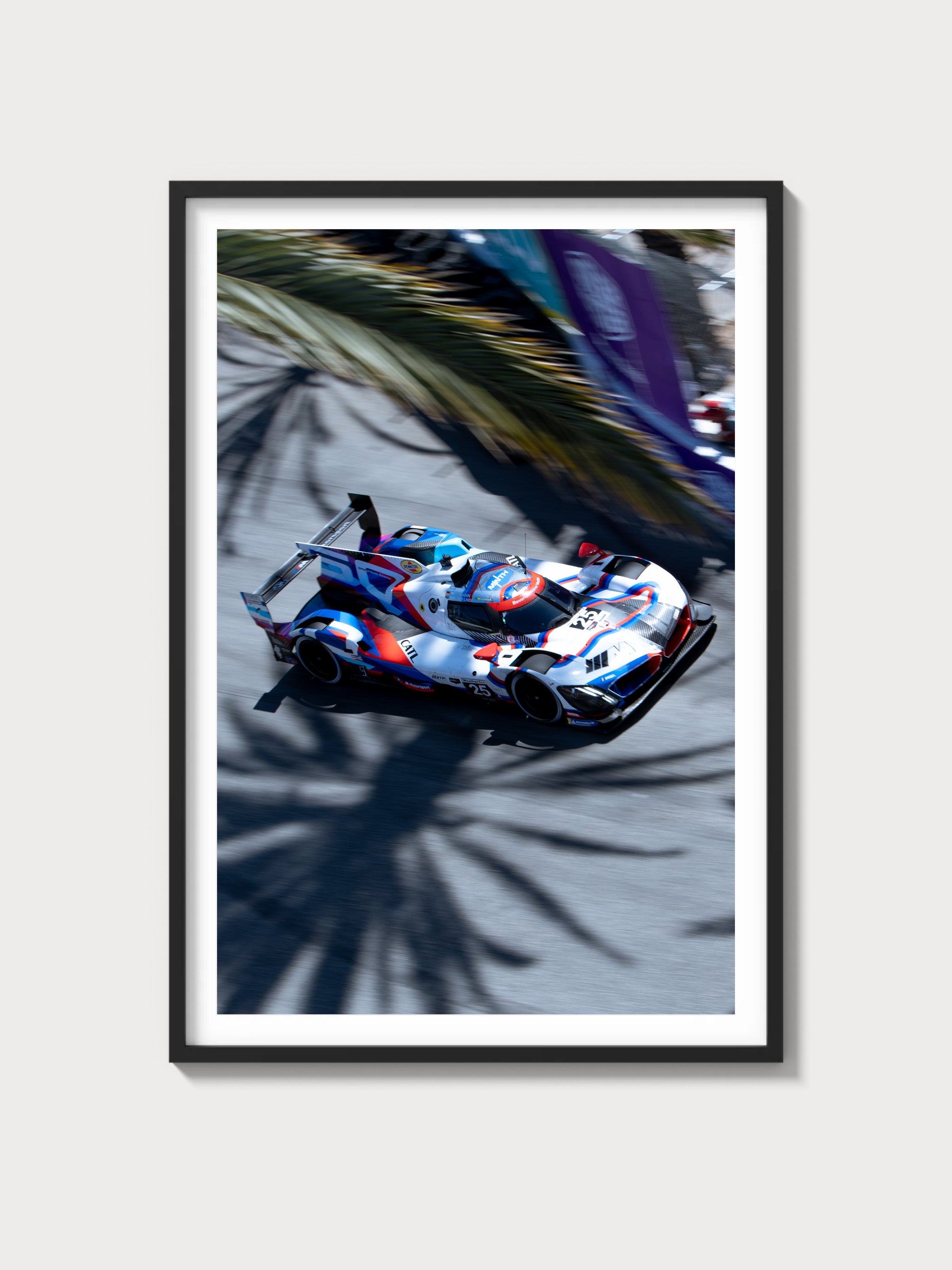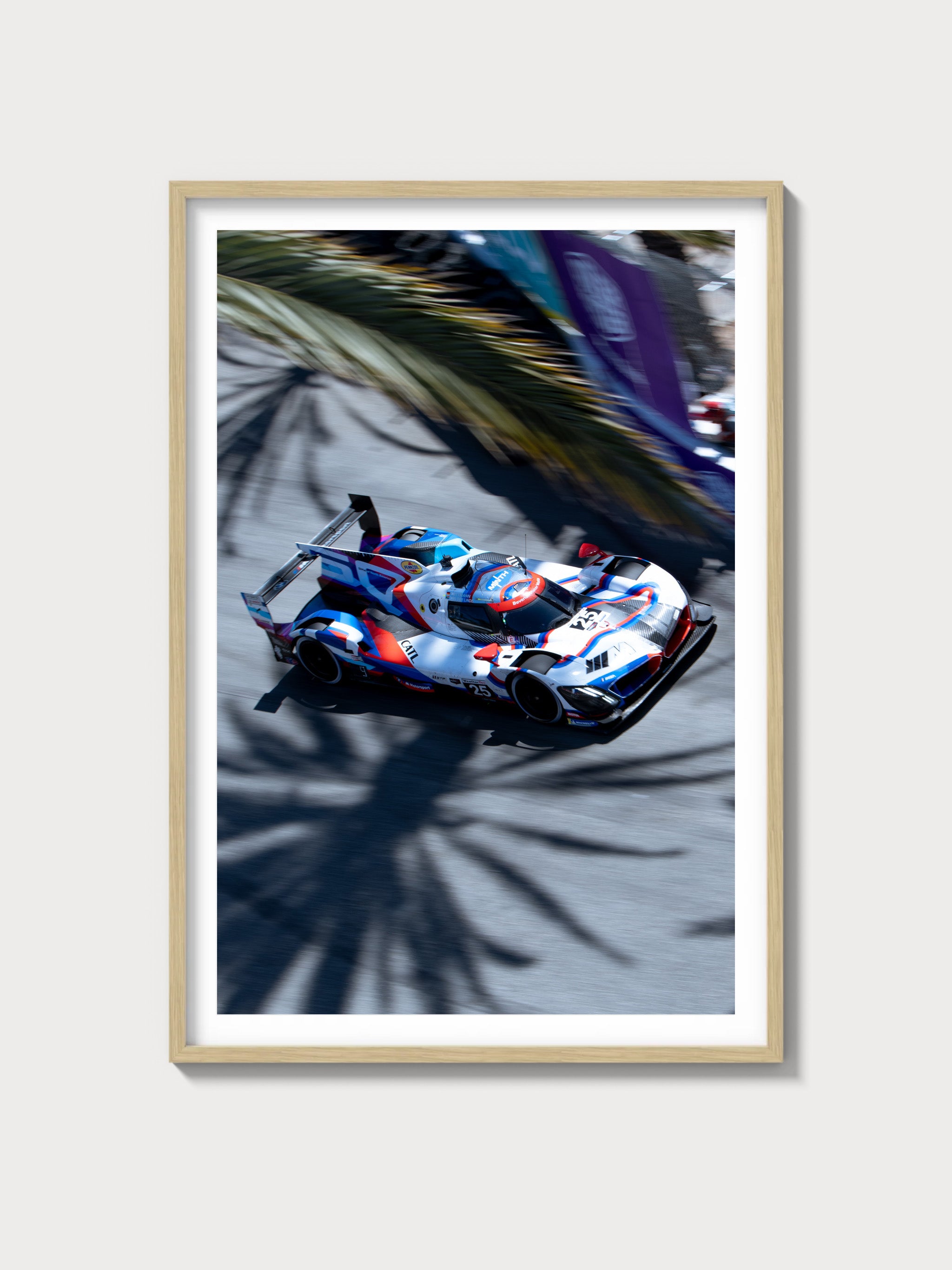1964–1967 Pontiac GTO Base Coupe (1st Gen): History, Specs, and Buying Intelligence
Historical context and development background
The first-generation Pontiac GTO is the car that moved the performance needle from polite to unapologetic. Conceived inside Pontiac’s engineering and marketing circles led by John Z. DeLorean, Bill Collins, and Jim Wangers, the GTO began in 1964 as a clandestine option package on the Tempest/LeMans A-body. GM’s corporate policy discouraged large engines in intermediates, but Pontiac exploited a loophole: the 389-cubic-inch V8 was offered as an “option,” not a standard fitment. The market reaction validated the risk—demand exploded and effectively authored the American muscle car template.
Design-wise, the 1964–1965 cars were crisp, with stacked headlamps and restrained brightwork, while 1966 brought a fuller “Coke-bottle” profile and more sculpted sheetmetal. In 1967, Pontiac added safety updates and, crucially, the new 400-cubic-inch V8—retiring the Tri-Power multi-carb option in favor of a single 4-barrel per GM edict.
Motorsport presence centered on the dragstrip. After GM’s formal racing withdrawal in 1963, Pontiac’s factory involvement remained hands-off, but dealer-tuners like Royal Pontiac in Royal Oak, Michigan, made the GTO a bracket-racing staple with period “Royal Bobcat” tuning packages. The GTO also achieved cultural lift through media—most infamously when Car and Driver cheekily pitted a 1964 GTO against Ferrari’s 250 GTO for headline-grabbing effect.
Competitors quickly aligned: Oldsmobile’s 4-4-2 and Buick’s Gran Sport were immediate A-body rivals; Chevrolet’s Chevelle SS 396 arrived in force for 1966; Ford countered with the Fairlane GT/GTA 390; Plymouth entered with the GTX in 1967. Against this crowd, the GTO’s enduring appeal was its breadth: available as a post coupe (sports coupe), pillarless hardtop, or convertible, with credible road manners and stout straight-line speed.
Engine and technical specs
The Base Coupe refers to the pillar-post “sports coupe” body, fitted with the base 4-barrel V8. Through 1966, that meant Pontiac’s 389; for 1967, the new 400 took over. Both are traditional Pontiac V8s: thin-wall cast-iron blocks, 90-degree bank angle, and hydraulic lifters with a flat-tappet cam.
| Engine (base) | Configuration | Displacement | Horsepower (SAE gross) | Induction | Redline | Fuel system | Compression | Bore x Stroke |
|---|---|---|---|---|---|---|---|---|
| 389 V8 (1964–1966) | OHV 90° V8, iron block/heads | 6.4 L (389 cu in) | 325–335 hp (4-bbl) | 4-barrel (Carter AFB) | ~5,100 rpm (factory-indicated) | Carburetor | ~10.75:1 (high-compression spec) | 4.0625 in x 3.75 in |
| 400 V8 (1967) | OHV 90° V8, iron block/heads | 6.6 L (400 cu in) | 335 hp (4-bbl) | 4-barrel (Rochester Quadrajet) | ~5,100 rpm (factory-indicated) | Carburetor | ~10.75:1 (high-compression spec) | 4.12 in x 3.75 in |
Transmissions: a 3-speed manual was standard early on, with a close-ratio Muncie 4-speed widely optioned. Automatics were the 2-speed Super Turbine 300 (1964–1966) and the 3-speed Turbo-Hydramatic 400 introduced for 1967, often paired with the Hurst “Dual-Gate” shifter. Pontiac’s Safe-T-Track limited-slip differential was a desirable option.
Driving experience and handling dynamics
On the road, the Base Coupe delivers the elemental GTO experience without the drama of multi-carb tuning. The Carter AFB-equipped 389 responds cleanly off-idle; the 1967 Quadrajet—small primaries with huge secondaries—adds a satisfying step-in when the air valve tips open. The Muncie 4-speed’s gate is positive and mechanical; the standard 3-speed is relaxed but durable. With a torquey Pontiac V8 and relatively short final-drive options, the car surges from low rpm in a way that made larger big-block rivals feel ponderous.
Underneath, the A-body chassis is straightforward: unequal-length control arms and coils up front, a triangulated four-link coil-sprung live axle out back. Spring and shock rates favored road composure over ultimate body control in early cars; 1966–1967 saw incremental refinement. Expect mild understeer on bias-ply-sized rubber, throttle-steerability in tighter radii, and steering that is on the slower side unless optioned with a quicker-ratio box. Braking is the period weak link: 9.5-inch drums were standard and fade-prone in repeated hard stops. Pontiac added optional front discs in 1967, which materially improve pedal feel and temperature capacity.
Full performance specs
| Metric | Specification (Base Coupe) |
|---|---|
| 0–60 mph | Approximately 6.6–7.9 seconds (as equipped) |
| Top speed | Approximately 115–121 mph |
| Quarter-mile (ET) | Approximately mid-14s to low-15s |
| Curb weight | ~3,400–3,700 lb (equipment/trim dependent) |
| Layout | Front-engine, rear-wheel drive |
| Brakes | Drums all around standard; front discs optional (1967) |
| Suspension | Front: unequal-length A-arms, coils; Rear: triangulated 4-link live axle, coils |
| Gearbox | Std 3-speed manual; optional Muncie 4-speed; ST-300 2-spd auto (’64–’66); TH-400 3-spd auto (’67) |
Variant breakdown: Base Coupe across the first generation
The pillar-post “Sports Coupe” was the price-leader body style. Below is the Base Coupe snapshot by year; production totals refer to the sports coupe only, not the full GTO line.
| Model year | Body style | Production (Sports Coupe) | Base engine | Carburetion | Notable differences | Market notes |
|---|---|---|---|---|---|---|
| 1964 | GTO Sports Coupe (post) | 7,384 | 389 V8 (325 hp) | Carter AFB 4-bbl; Tri-Power optional | Launch year; option package on Tempest/LeMans; stacked headlamps | Rarest of the early cars by body style; foundational cachet |
| 1965 | GTO Sports Coupe (post) | 8,319 | 389 V8 (335 hp) | 4-bbl; Tri-Power optional (360 hp) | Detail updates, improved breathing; bumper/grille refinements | Period tests recorded quicker ETs vs ’64 |
| 1966 | GTO Sports Coupe (post) | 10,363 | 389 V8 (335 hp) | 4-bbl; Tri-Power optional (final year) | Full reskin with Coke-bottle sides; GTO becomes its own series | Peak-year styling appeal; last year for Tri-Power |
| 1967 | GTO Sports Coupe (post) | 7,029 | 400 V8 (335 hp) | Rochester Quadrajet 4-bbl | Front discs optional; TH-400 with Hurst Dual-Gate; safety updates | Most developed chassis/brakes of the group |
Ownership notes: maintenance, parts, and restoration
- Engine durability: Pontiac’s 389/400 bottom ends are stout when oiling is maintained. Flat-tappet cams demand correct break-in and zinc content in period, and worn timing sets or tired valve springs are common service items on unrestored engines.
- Fuel and ignition: Points ignition benefits from periodic dwell/advance checks. Quadrajet and Carter AFB parts and calibration kits are readily available; correct-date carburetors add value on judged cars.
- Cooling and driveline: Radiator condition, fan clutch health, and shroud fitment are crucial on high-compression engines. Safe-T-Track units need proper limited-slip lubricant.
- Chassis and brakes: Drum systems require careful shoe arc and adjustment to perform properly; 1967 front-disc conversions are period-correct and materially improve safety. Steering box wear and tired bushings can make the car feel vague—fresh joints and good alignment settings wake them up.
- Rust watchpoints: Lower fenders, rear quarters, trunk floor, cowl/upper cowl seams, and the A-body frame around the rear kick-ups. Inspect body mounts and inner wheelhouses carefully.
- Parts availability: Reproduction support for trim, interior soft parts, and weatherstripping is strong; date-coded glass, original brightwork, and correct fasteners still separate top restorations.
- Restoration difficulty: Body-on-frame construction eases drivetrain removal. Originality verification (VIN, cowl tag, engine unit numbers, and casting dates) is vital—especially for drivetrain correctness on concours builds.
- Service intervals (period-style): Engine oil roughly every 3,000 miles; ignition tune about every 12,000 miles; coolant at regular intervals; automatic transmission fluid/filter on a conservative schedule; differential and chassis lubrication per factory recommendations.
Cultural relevance and collector market
The GTO nameplate became shorthand for the entire muscle era—helped by chart-topping pop culture nods like Ronny & the Daytonas’ “G.T.O.” and a steady rotation of feature cars in enthusiast magazines. On screen, the ’67 GTO gained particular visibility in action cinema, reinforcing the model’s tough persona.
Collector desirability remains strong. Within the first generation, Base Coupes (sports coupes) trade below pillarless hardtops and convertibles but carry the same drivetrain charisma. Documented cars with original drivetrains and rare factory options (Safe-T-Track, performance axle ratios, front discs in 1967, and correct gauges) command premiums. Public sales have ranged from driver-grade, sympathetically restored examples into higher valuations for meticulously documented cars; exceptional, highly original or expertly restored GTOs—especially with period performance options—have achieved headline results at major auctions.
FAQs
What distinguishes the Base Coupe from the Hardtop?
The Base Coupe is the pillared “sports coupe” with a fixed B-pillar and framed door glass. The hardtop deletes the pillar and uses frameless glass. Mechanically, they’re the same when similarly optioned; the hardtop typically outsold and now outvalues the post coupe.
Which engines were standard on the Base Coupe from 1964–1967?
1964–1966: 389-cubic-inch Pontiac V8 with a 4-barrel (325 hp in 1964; 335 hp in 1965–1966). 1967: 400-cubic-inch Pontiac V8 with a 4-barrel (335 hp). Higher-output and multi-carb options existed but were not base specification.
Did the first-gen GTO offer disc brakes?
Yes. Front disc brakes became available as a factory option in 1967. Earlier cars used drums on all four corners from the factory.
How quick is a stock Base Coupe?
Period testing placed 0–60 mph typically in the high-6 to high-7-second range depending on transmission and axle ratio, with quarter-mile runs roughly in the mid-14s to low-15s.
Common mechanical issues to watch?
General age-related items: tired flat-tappet cams, stretched timing sets, perished rubber bushings, and brake fade on drum-equipped cars. Cooling system health is important on high-compression engines. As with any collectible, verify numbers and documentation.
What transmissions were offered?
Standard 3-speed manual; Muncie 4-speed (widely chosen); Super Turbine 300 2-speed automatic (1964–1966); Turbo-Hydramatic 400 3-speed automatic added for 1967, often with a Hurst Dual-Gate shifter.
How does the Base Coupe stack up in value?
Sports coupes (post cars) generally trade below hardtops and convertibles but remain desirable for their authenticity and lower entry point. Well-documented, correctly restored examples command strong interest.
Any racing pedigree?
While corporate policy curtailed factory racing, the GTO carved out a reputation in NHRA Stock and Super Stock classes via dealer and independent efforts—particularly through Royal Pontiac’s period tuning programs.
Why the 1964–1967 GTO Base Coupe matters
It’s the distilled idea of the GTO—big-torque Pontiac V8, honest gearing, and the lighter, less ornate body style. As a driver, a well-sorted Base Coupe is satisfyingly quick and surprisingly tractable; as a collectible, it is the origin story of the muscle car arc, with the numbers and the narrative to back it up.

